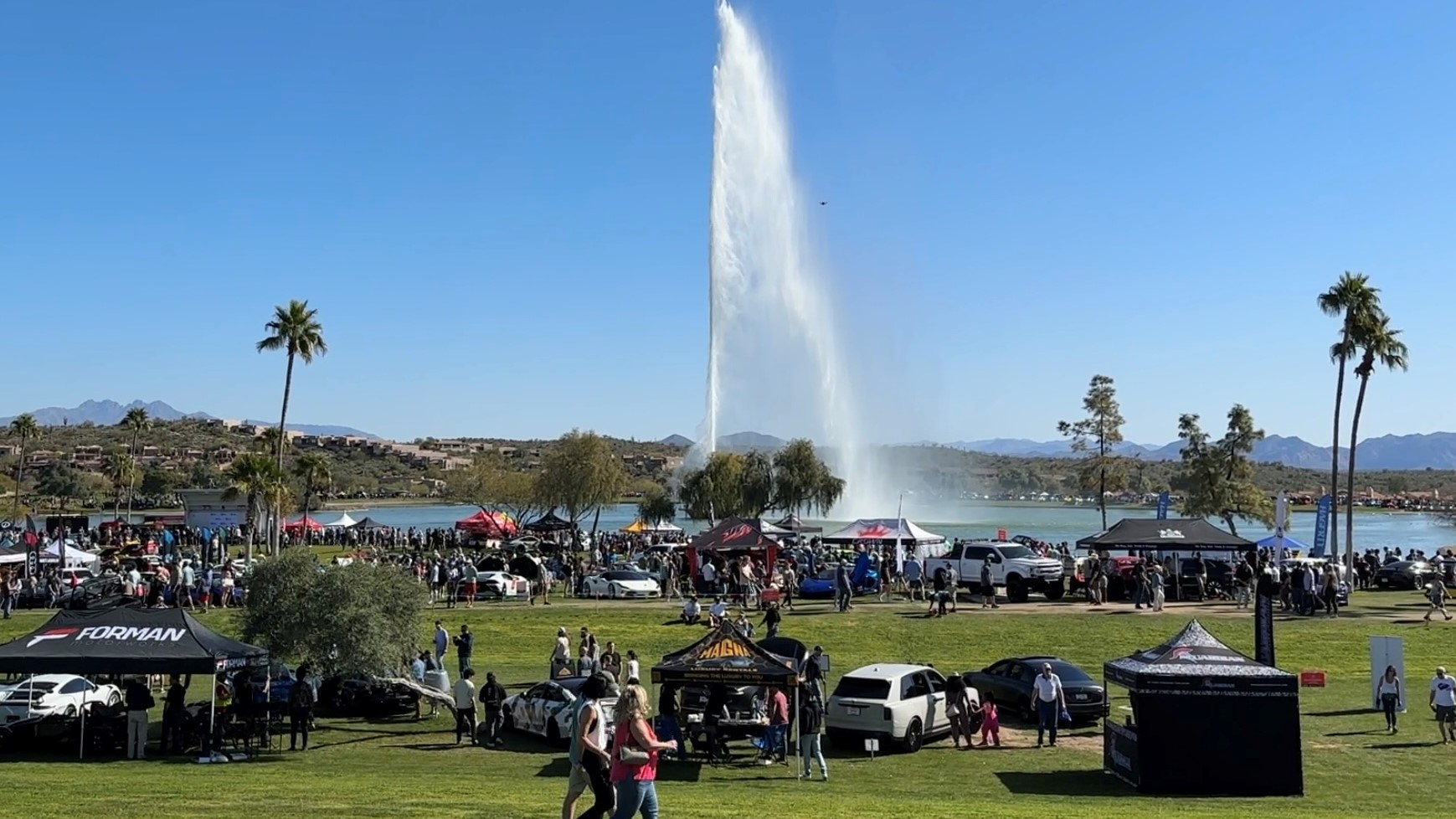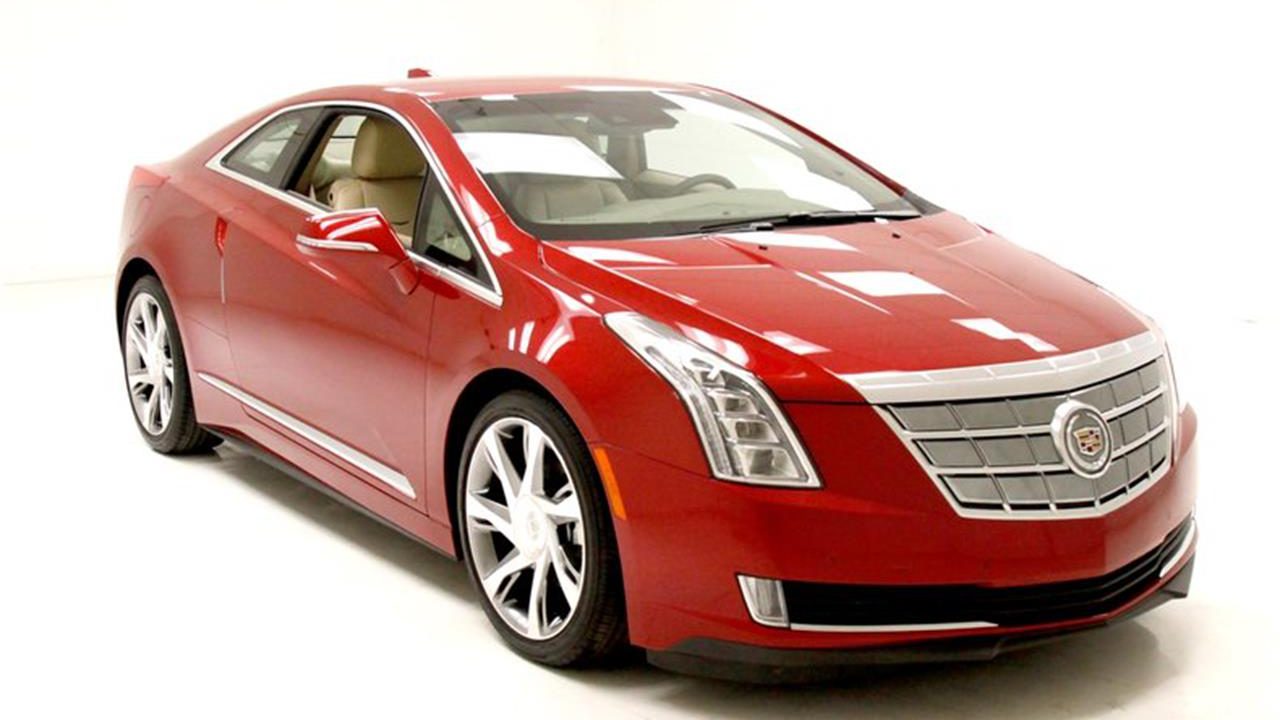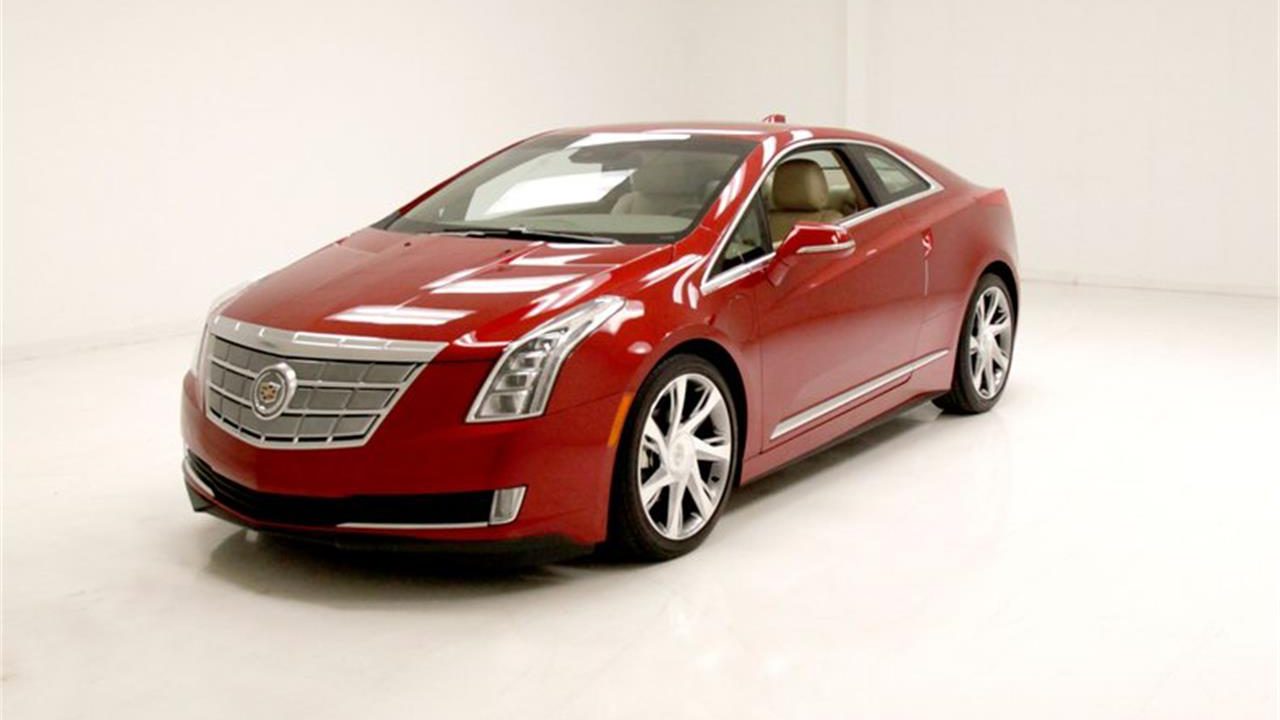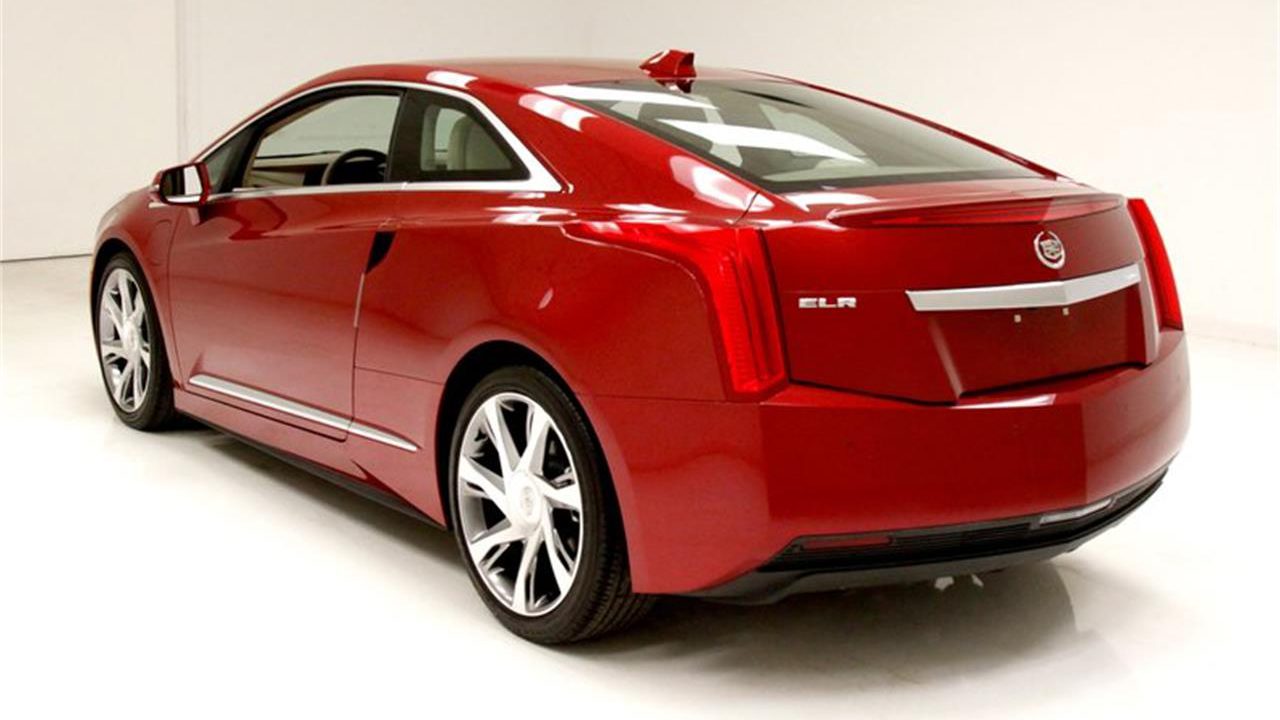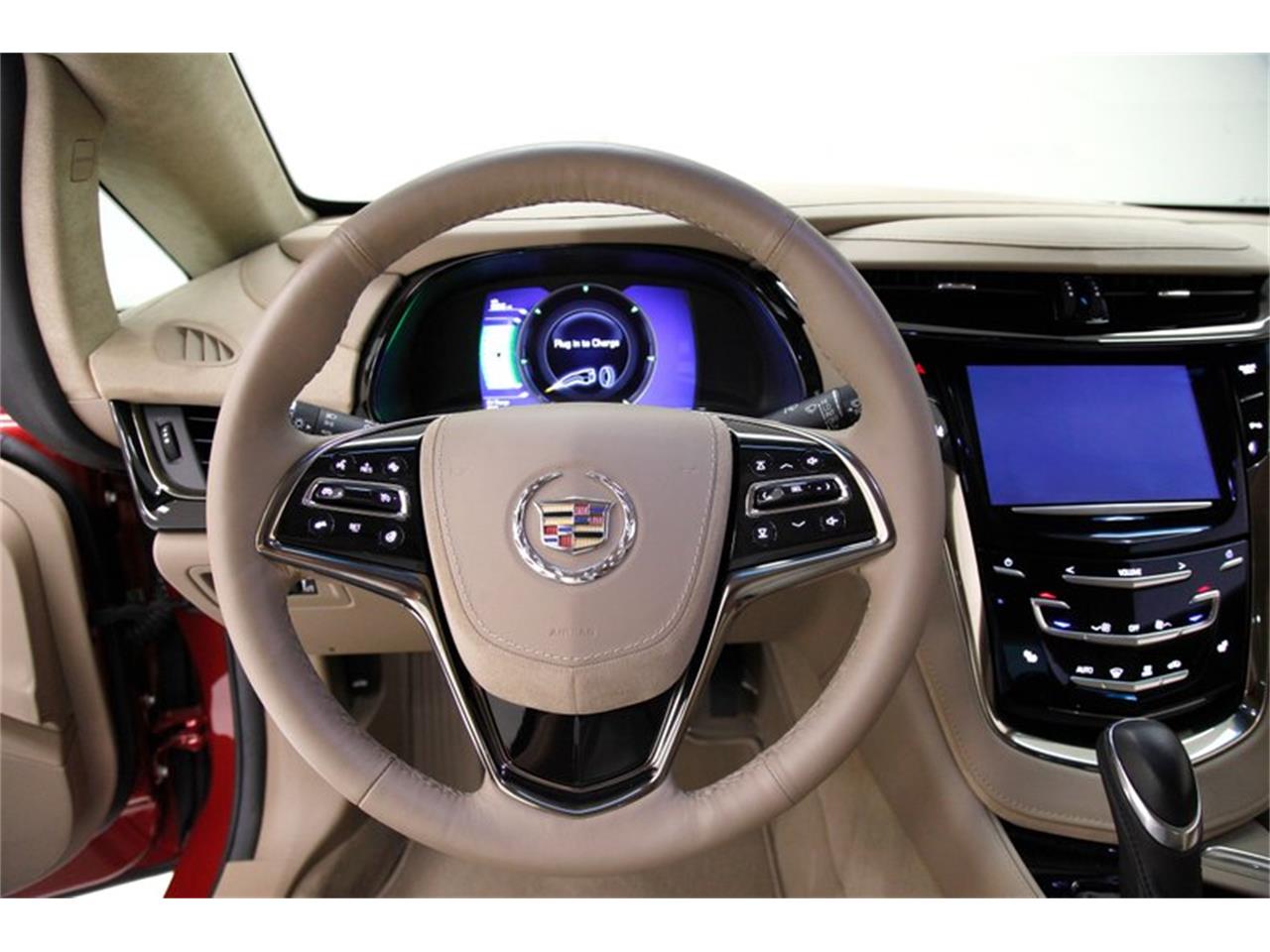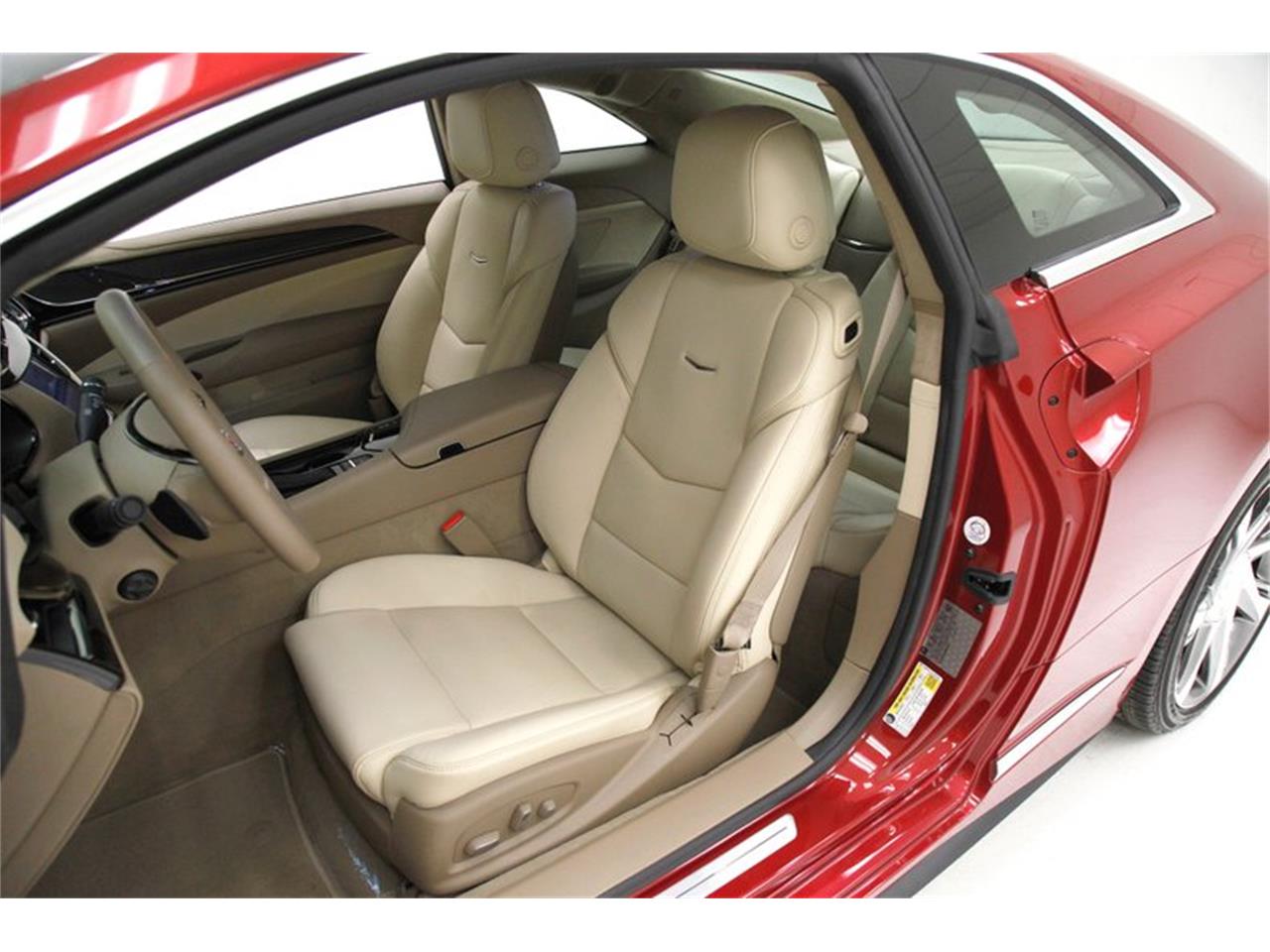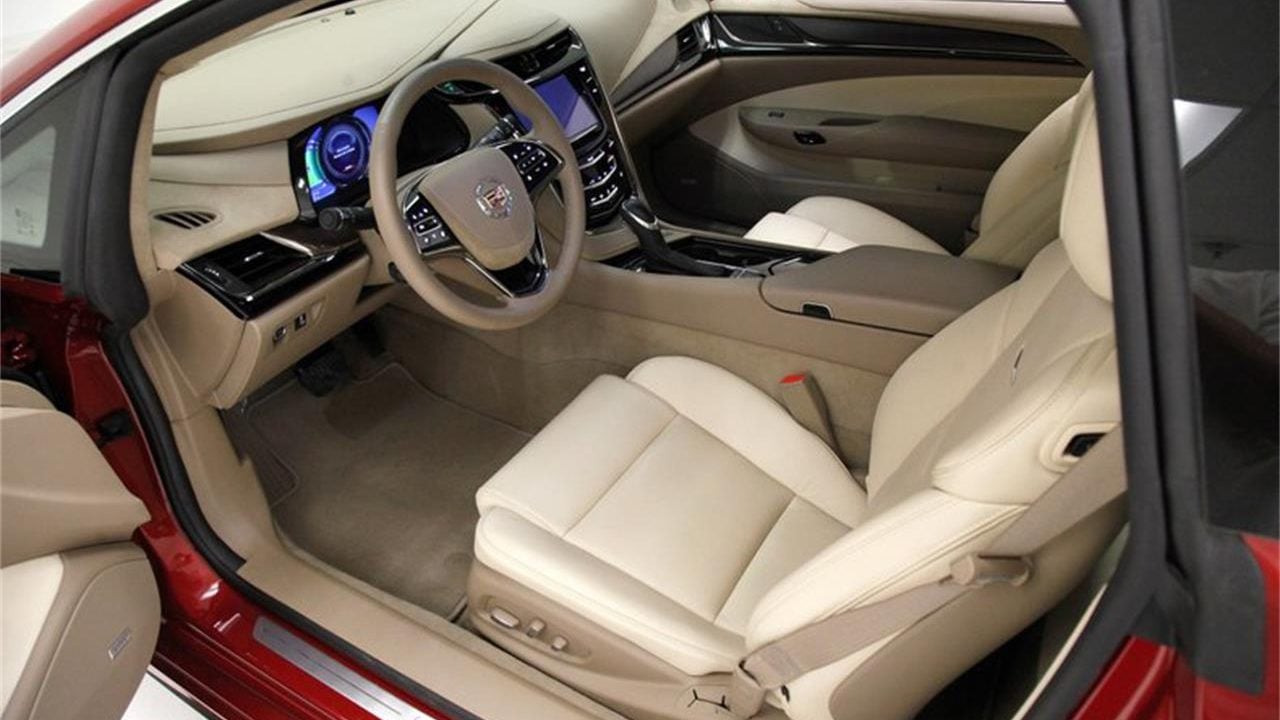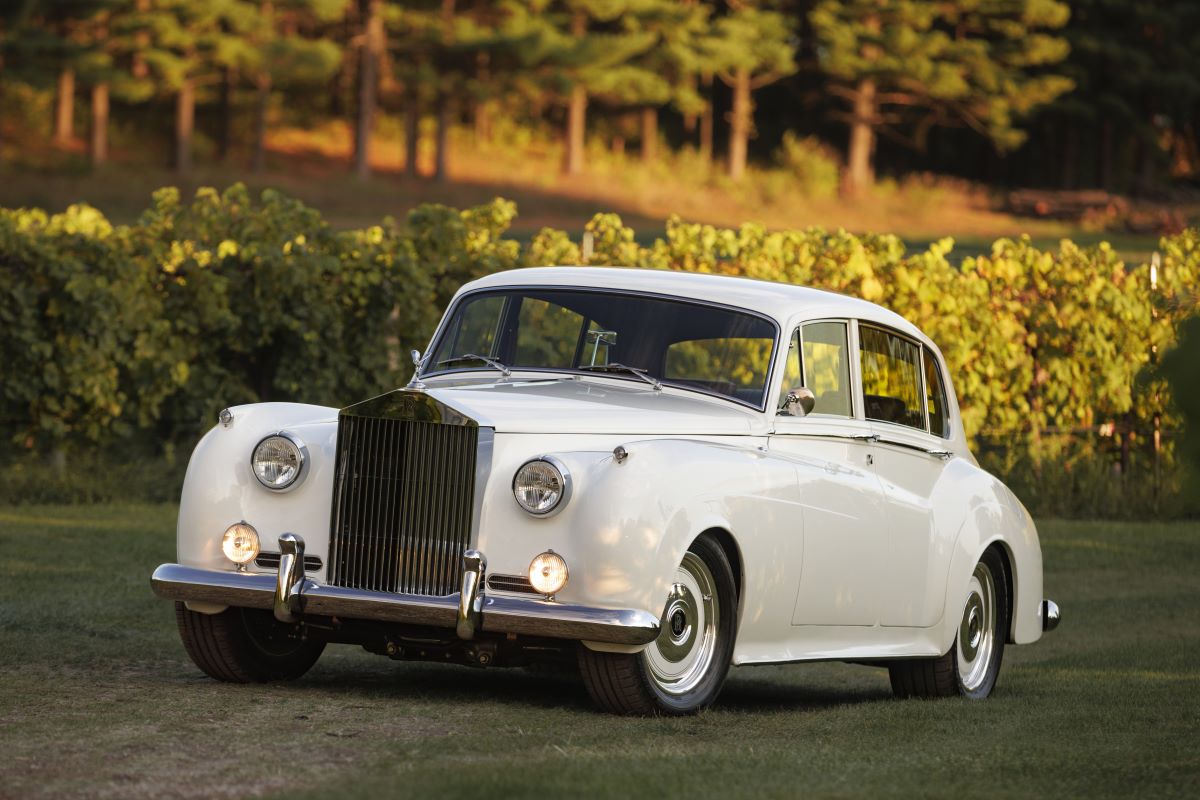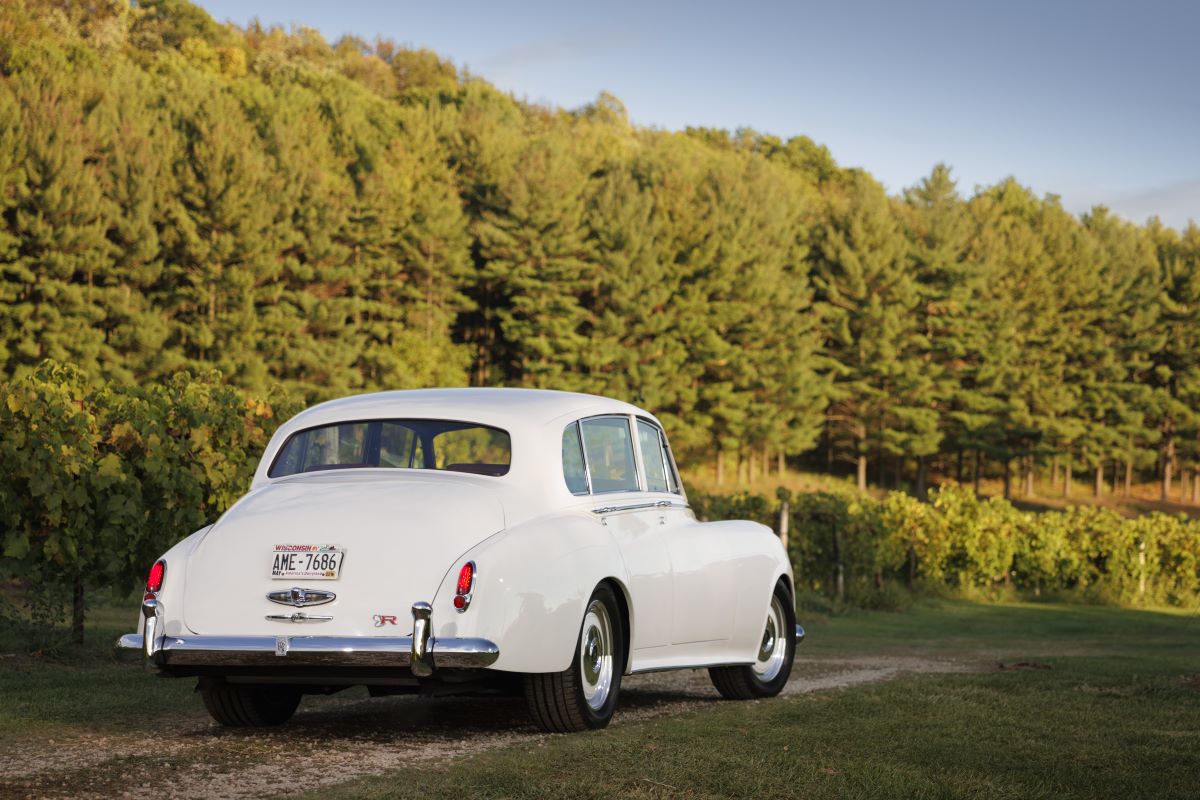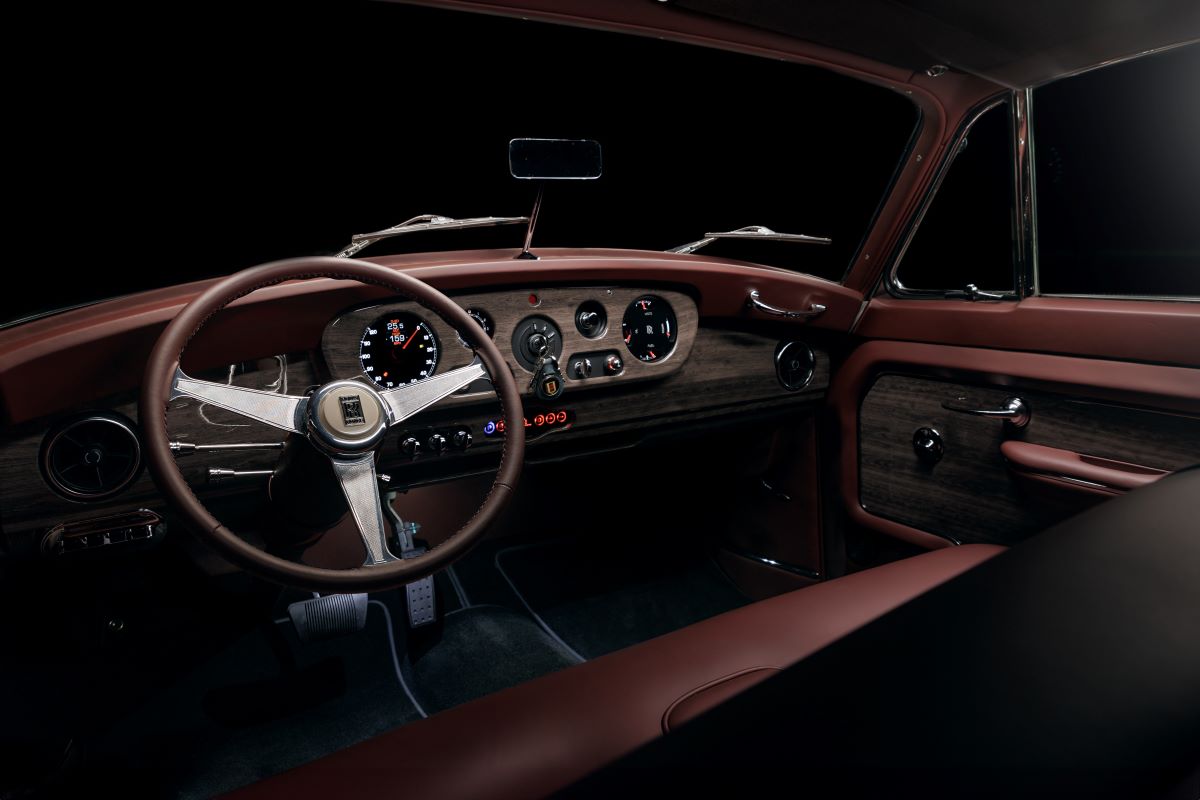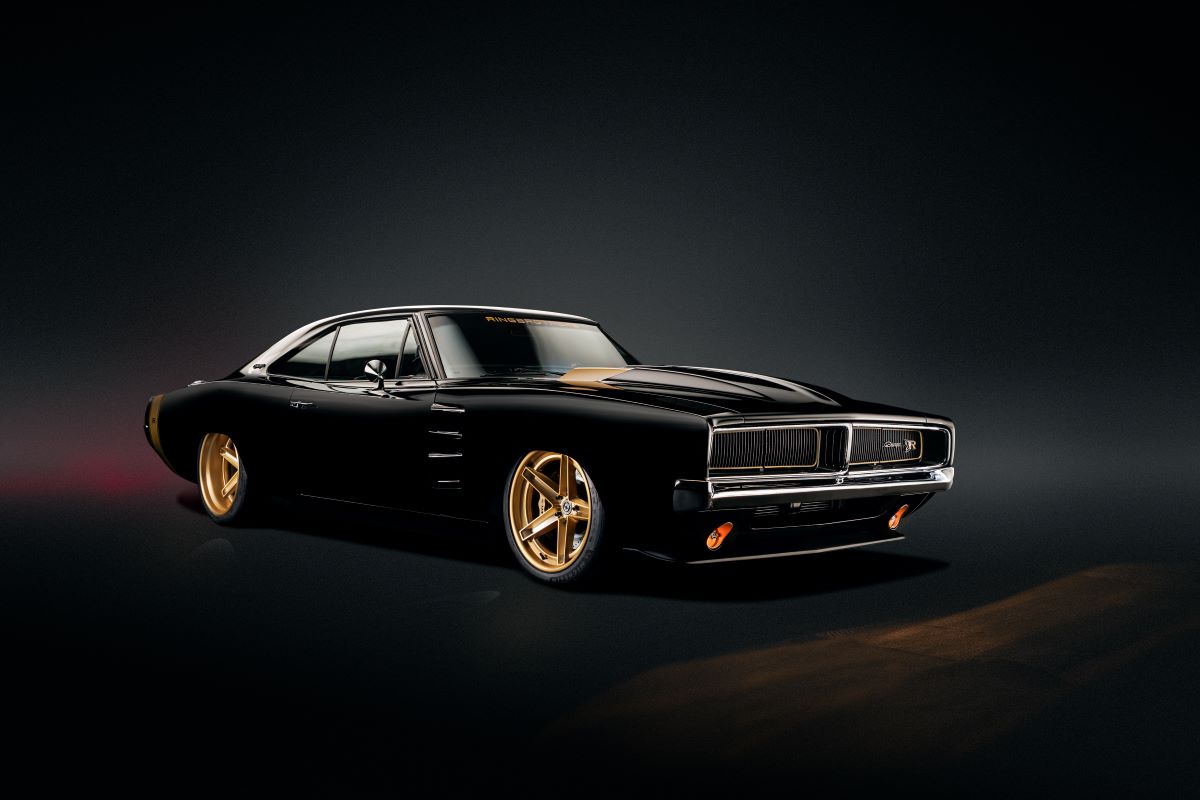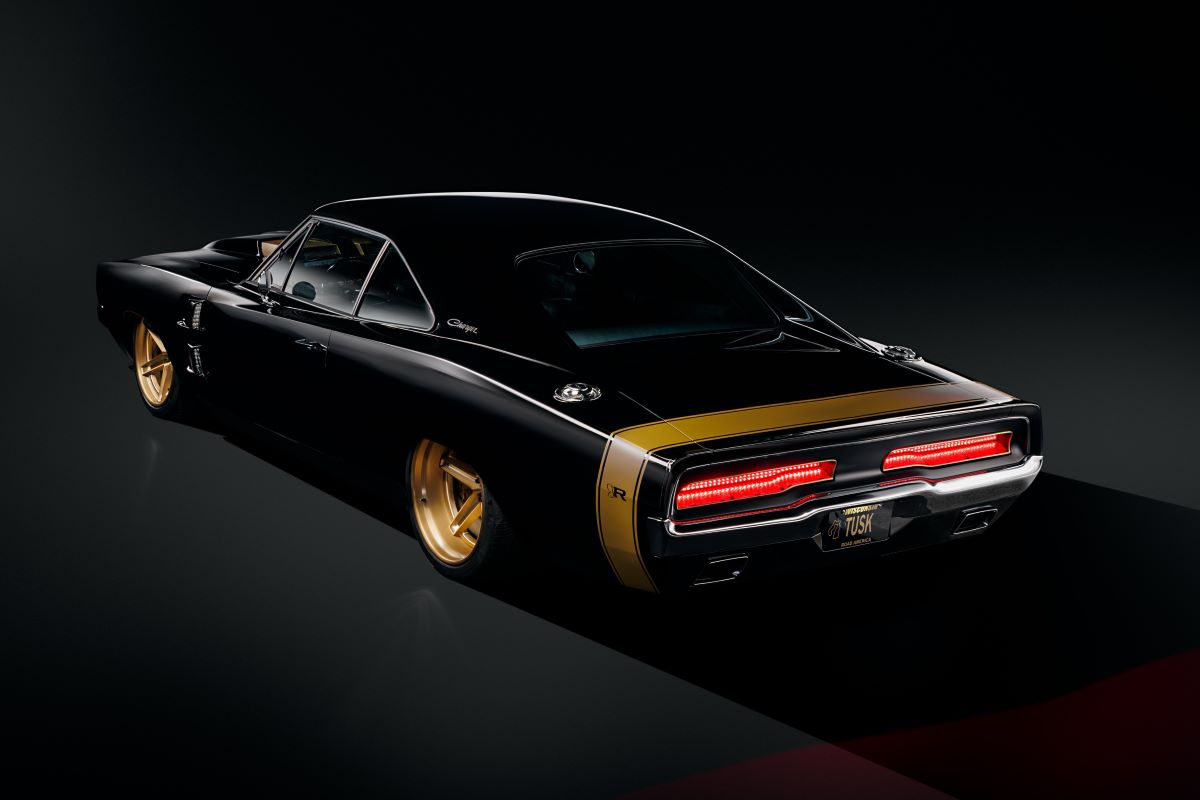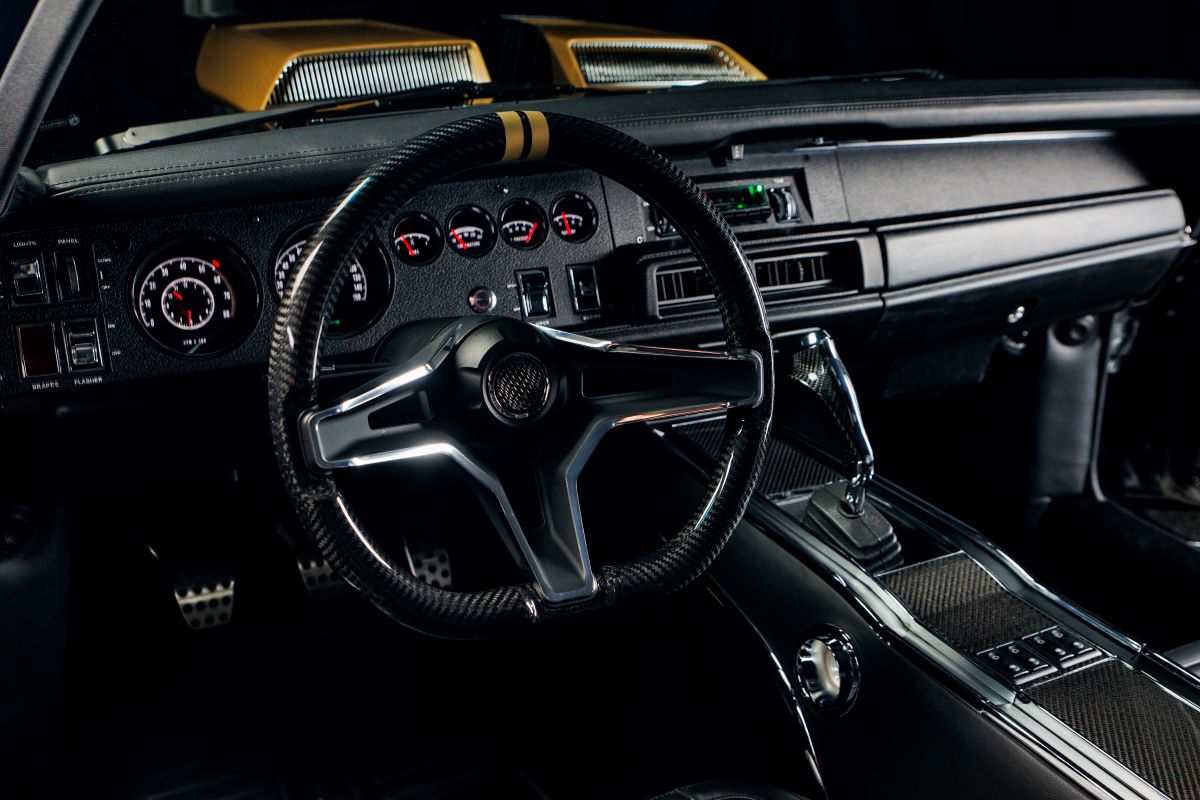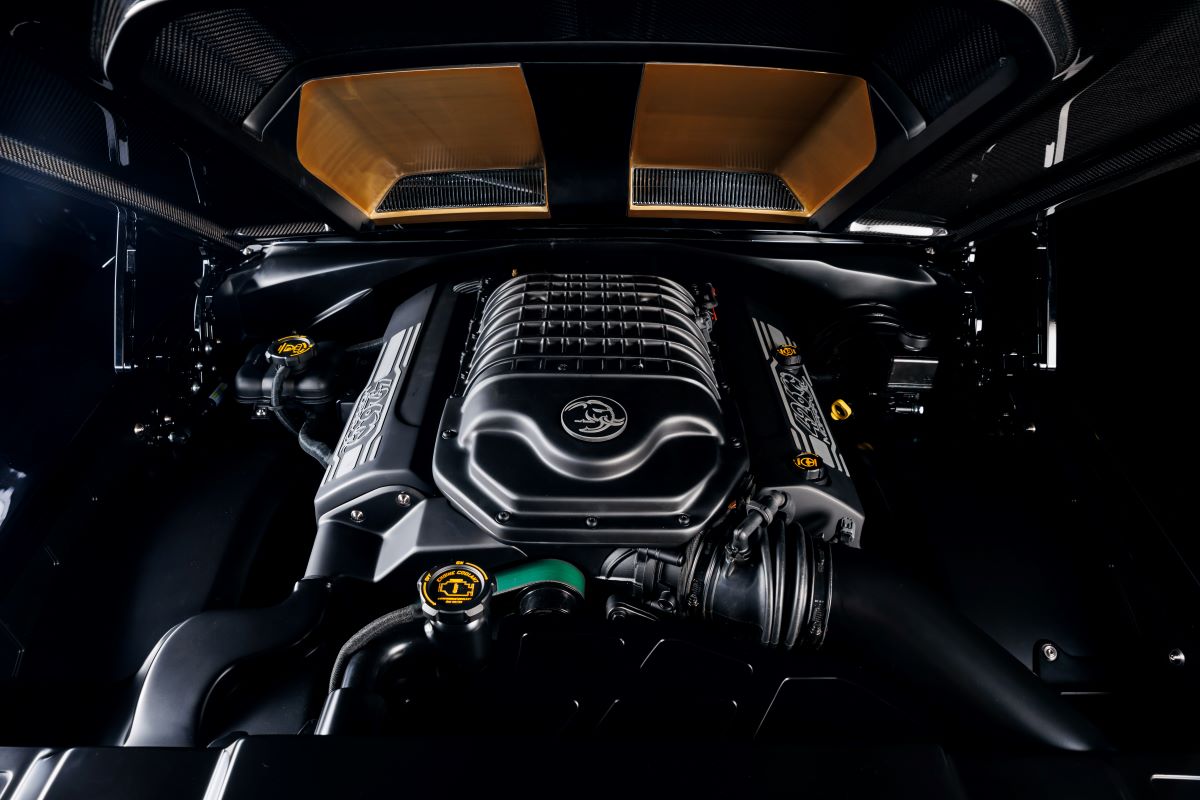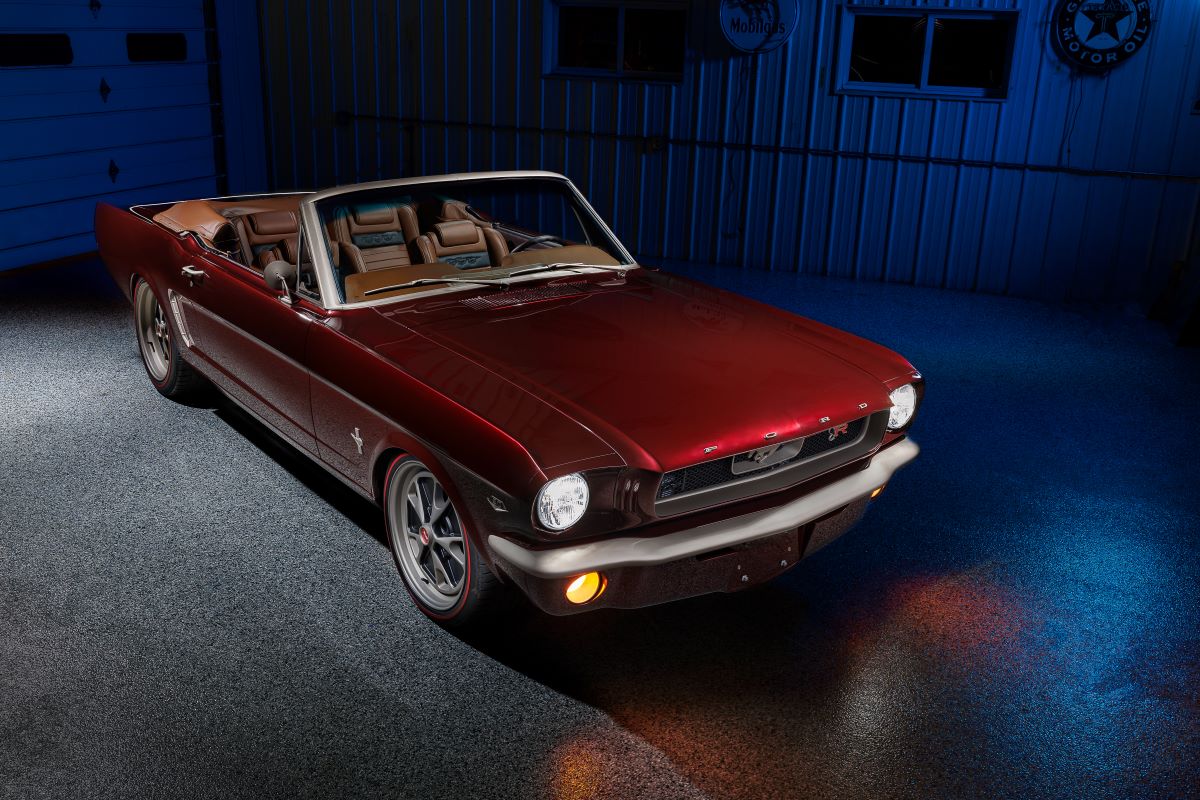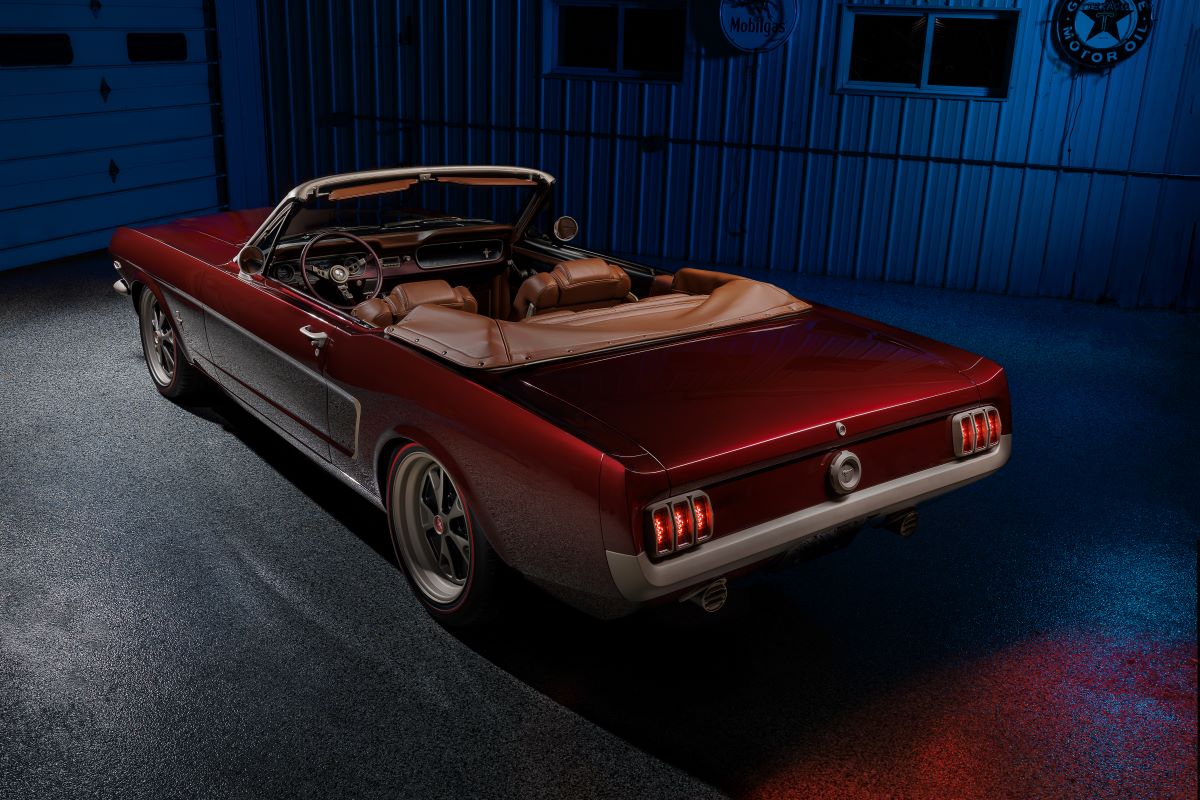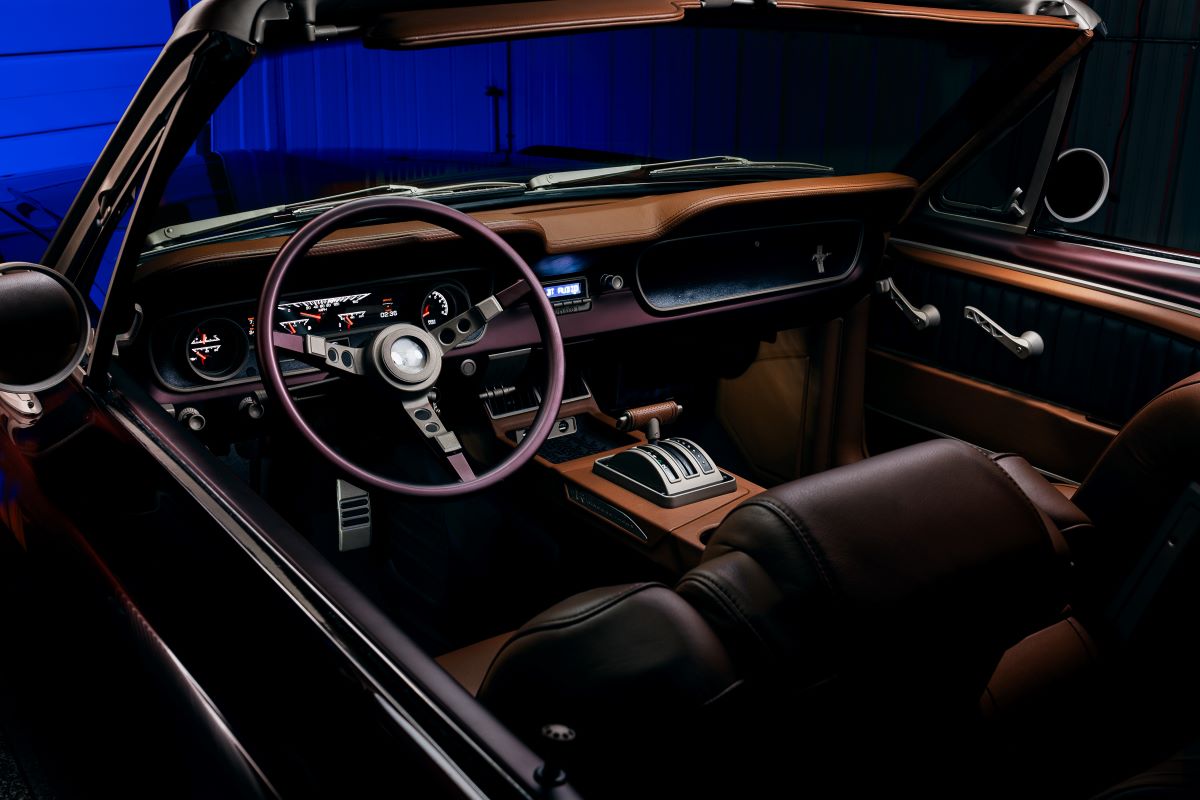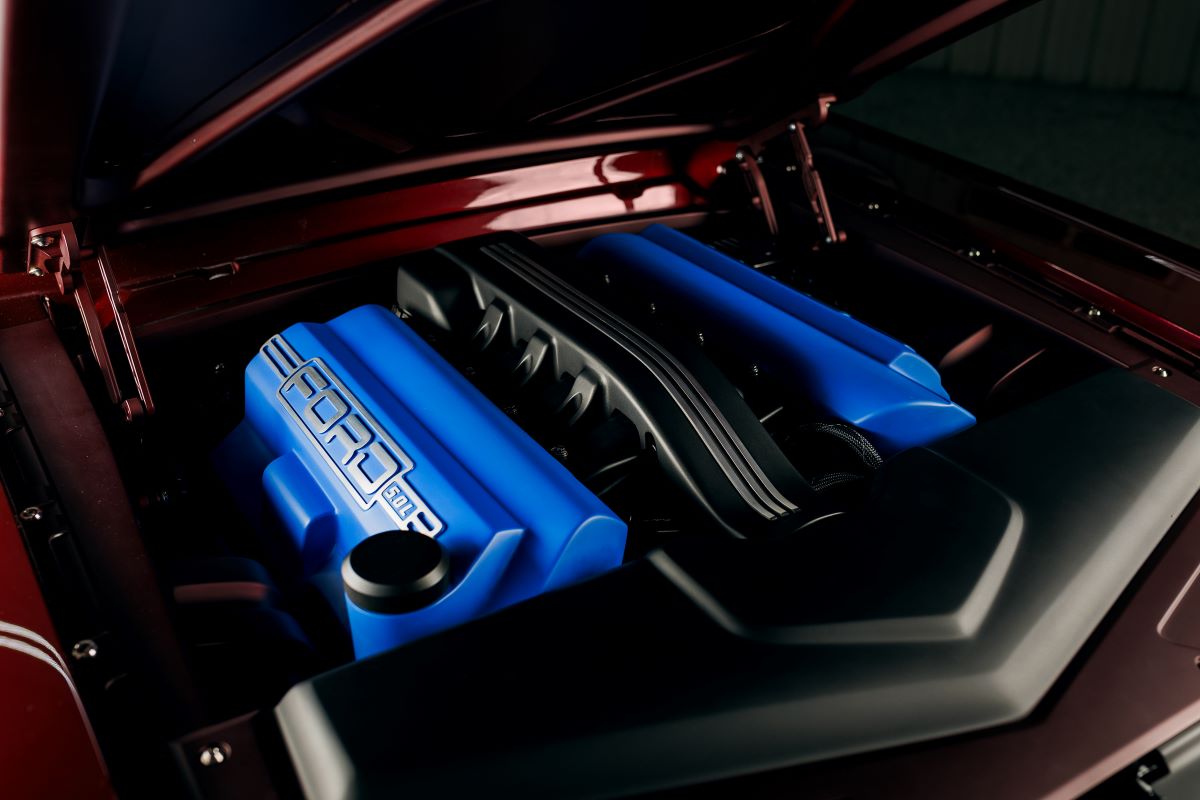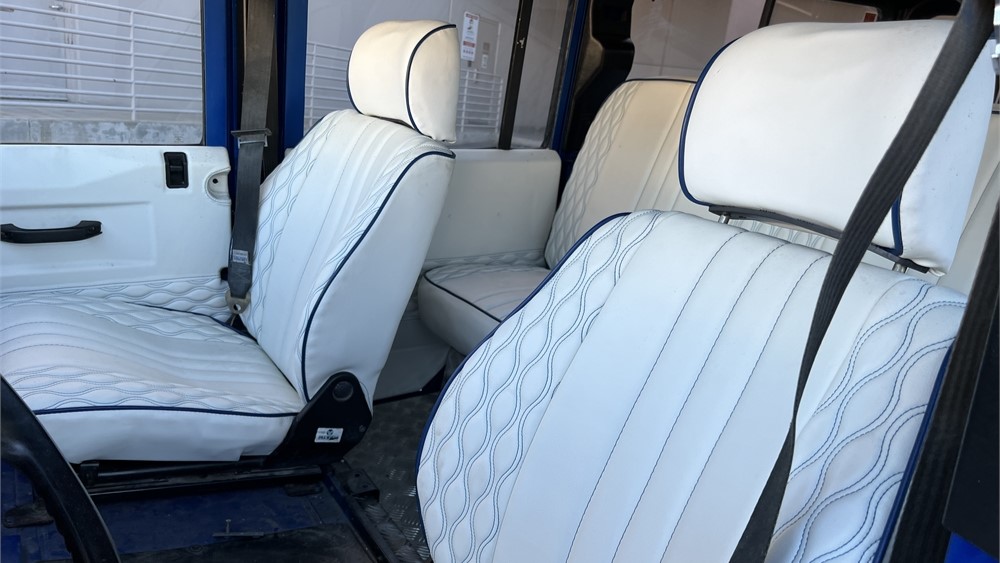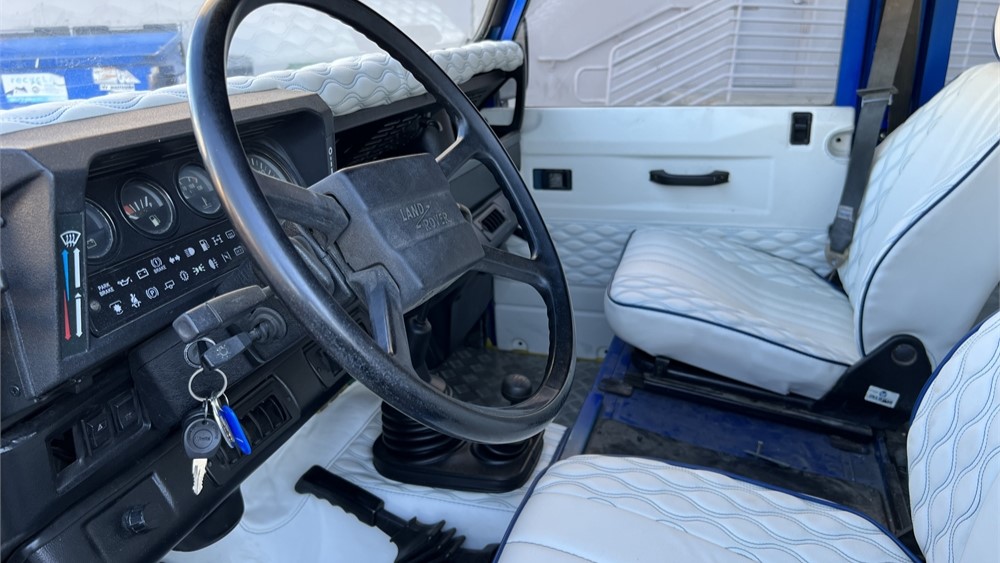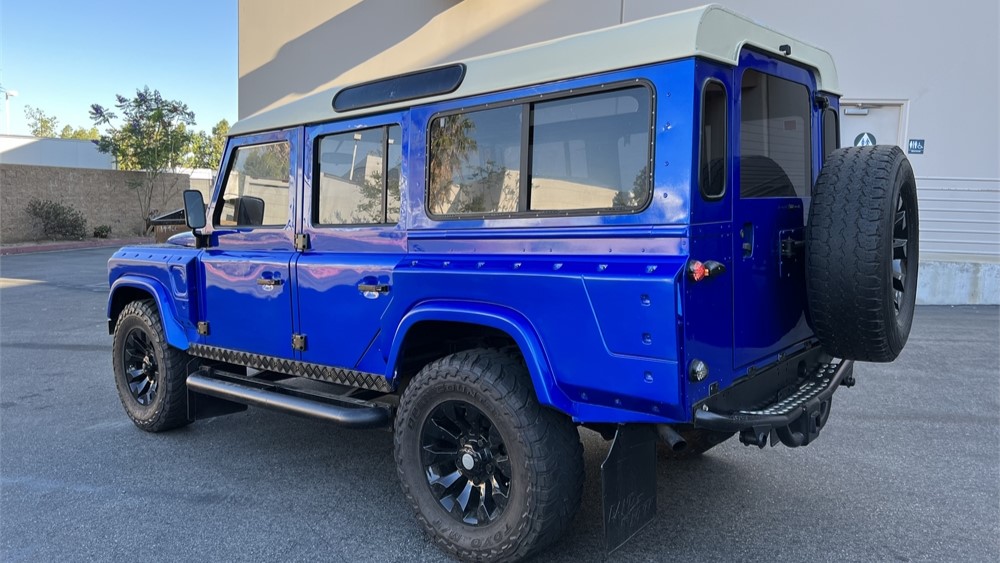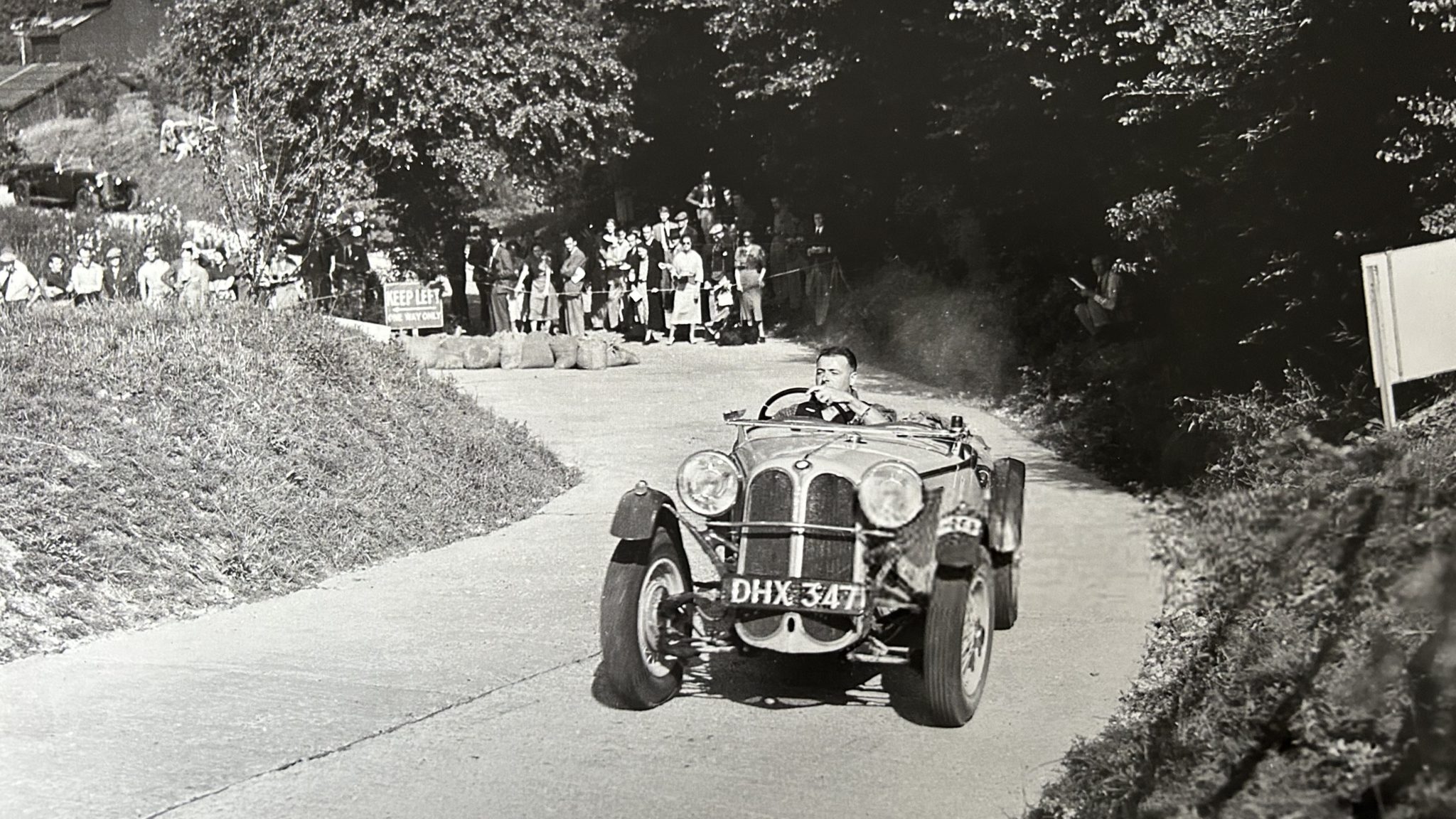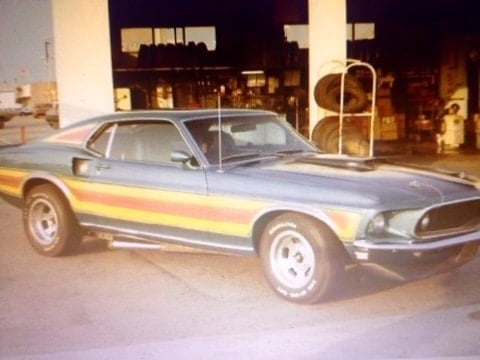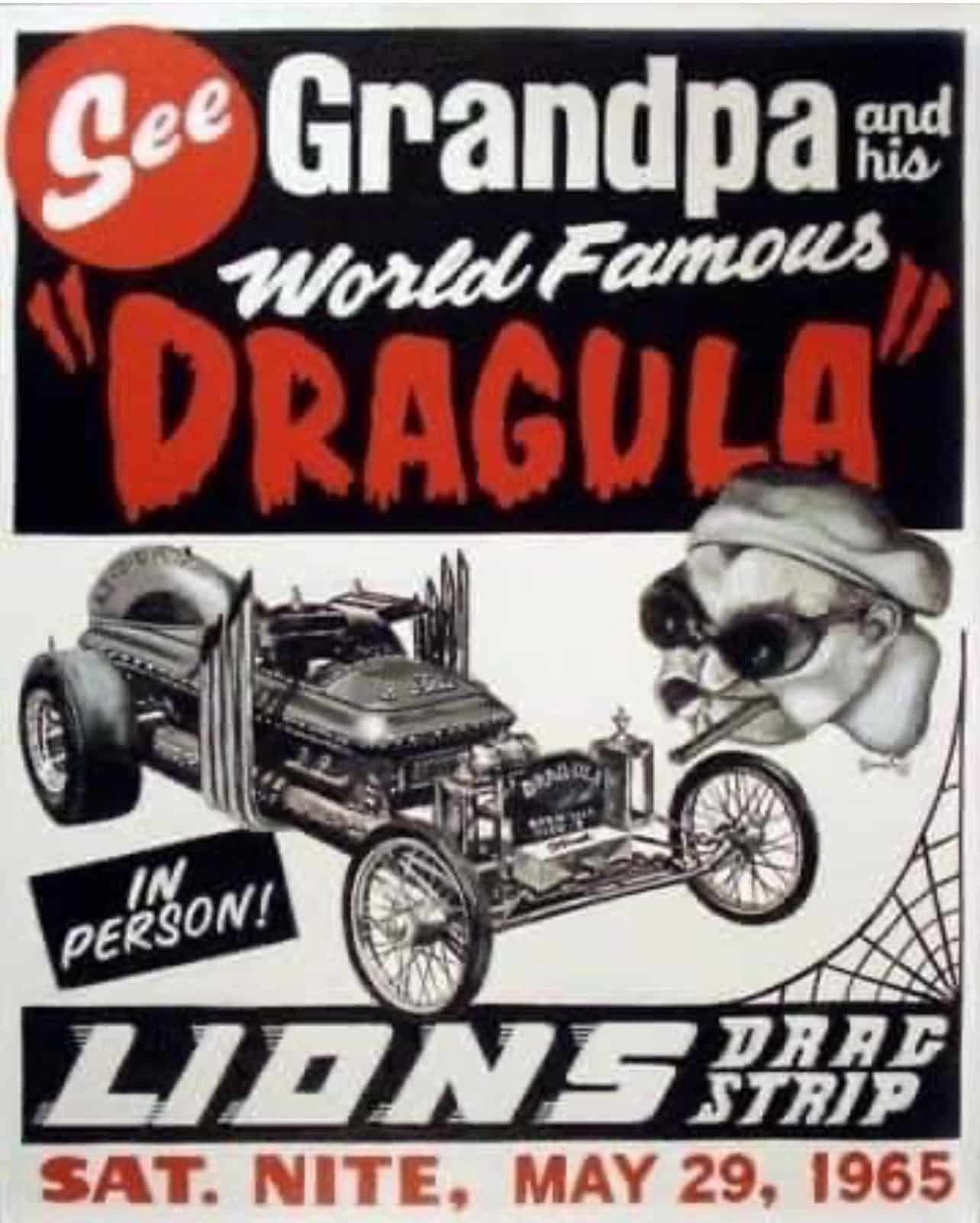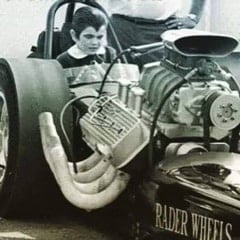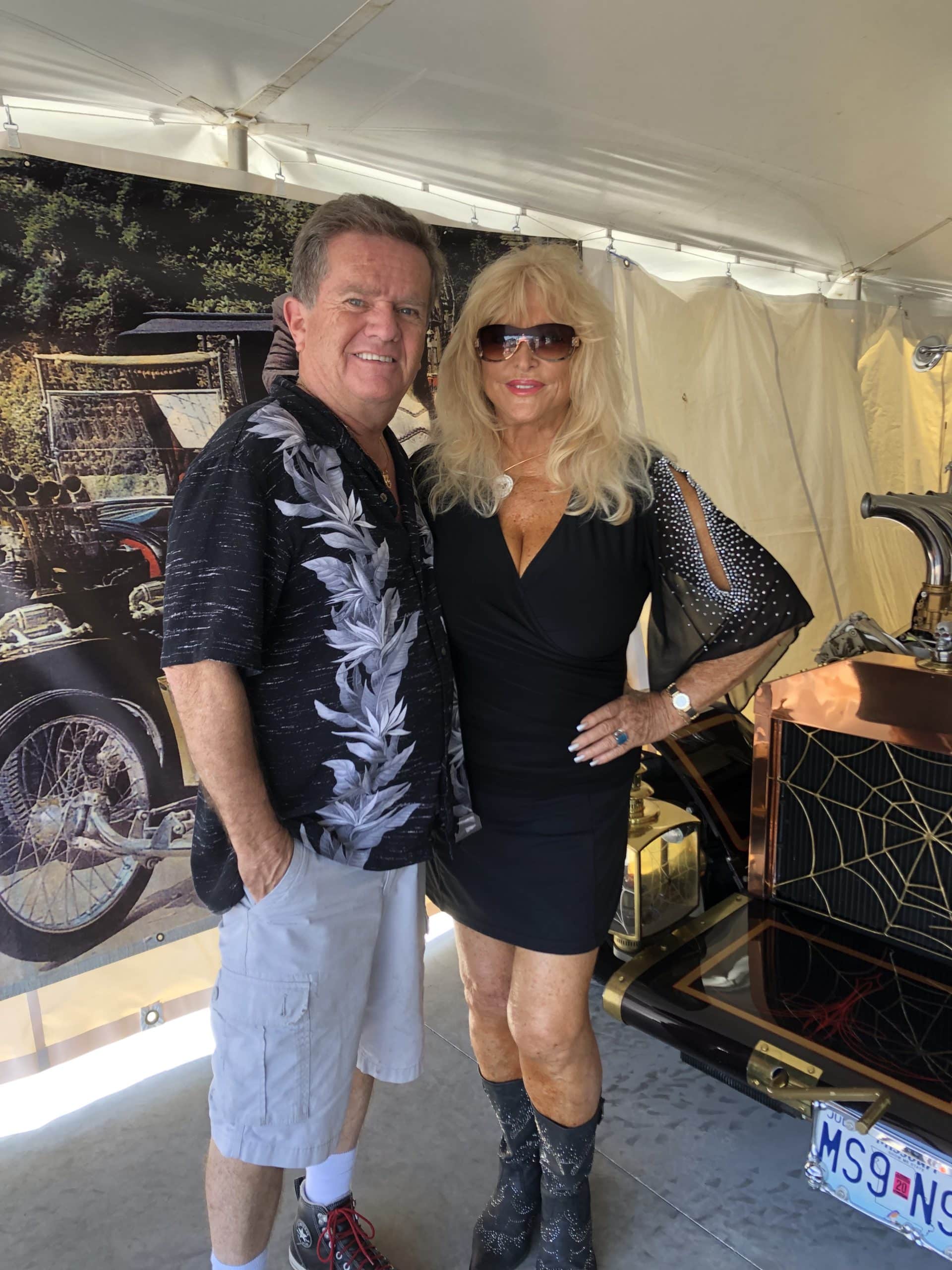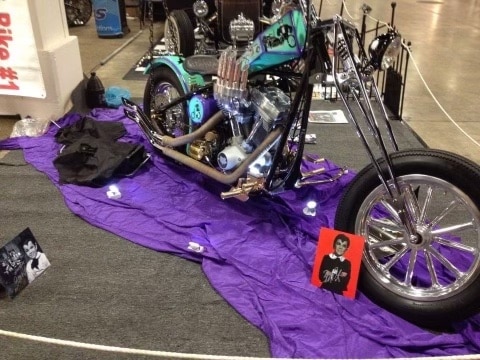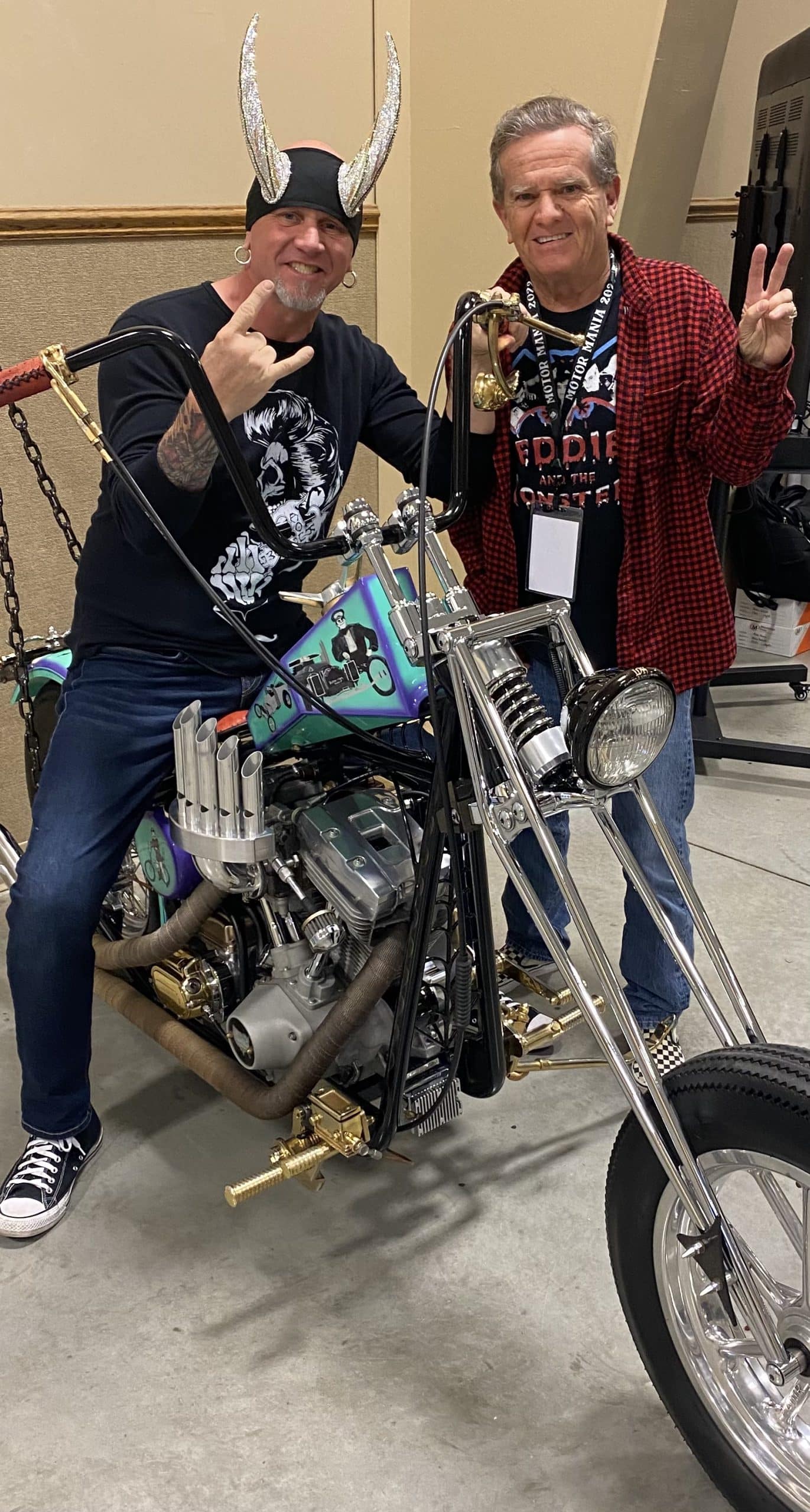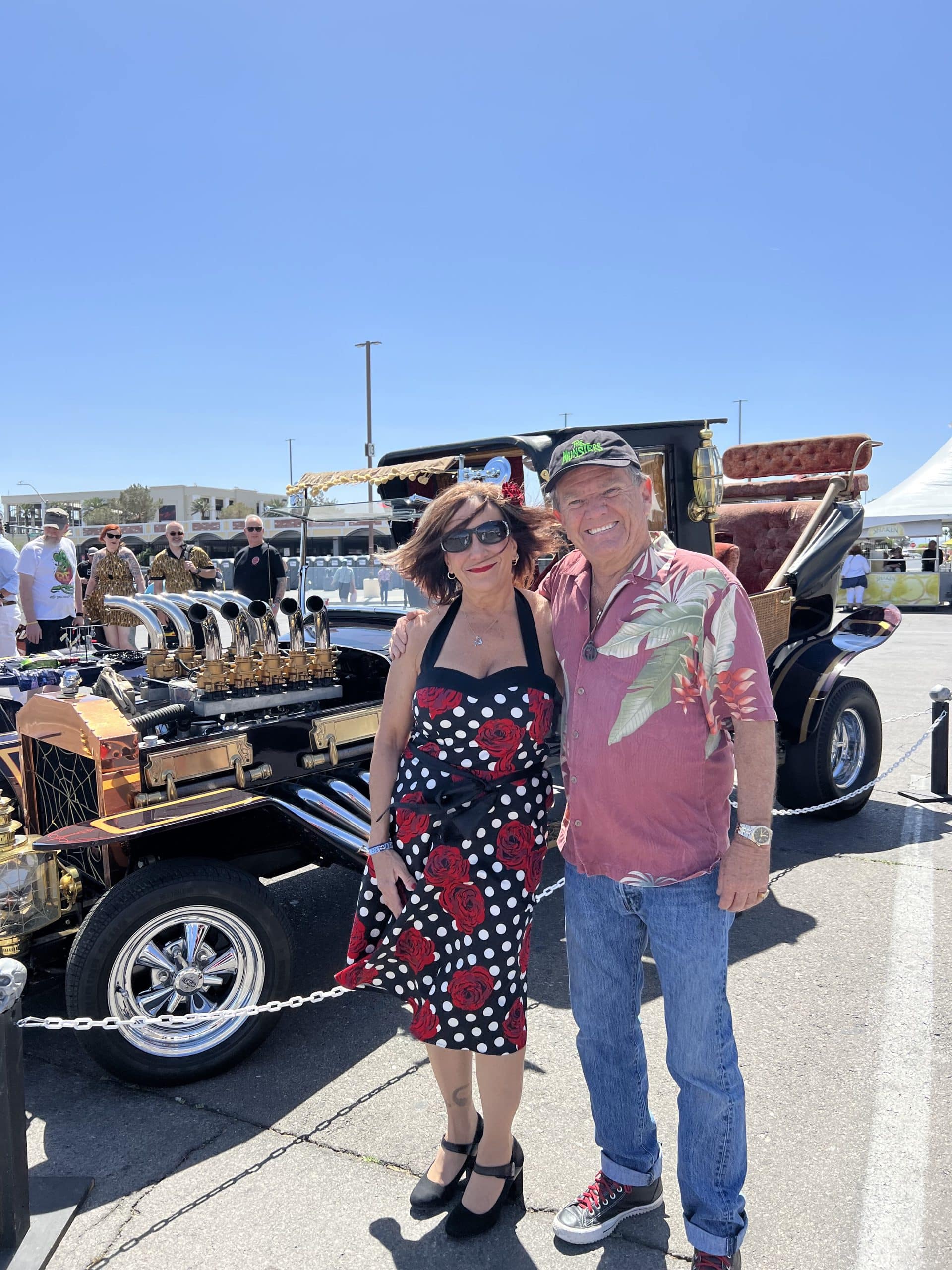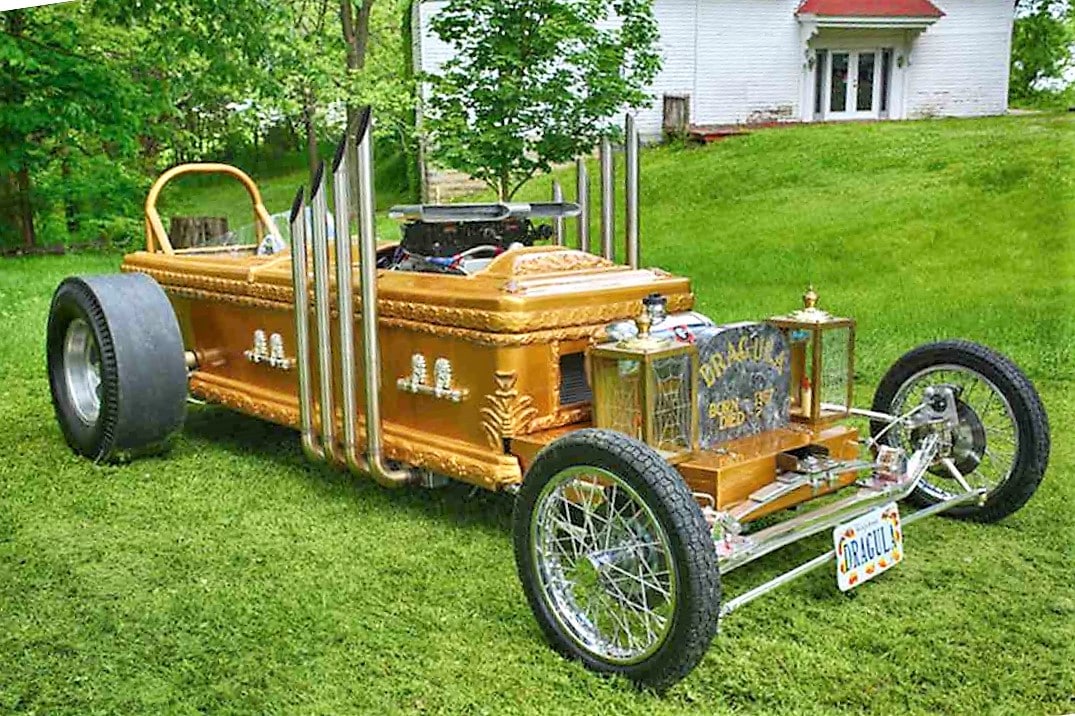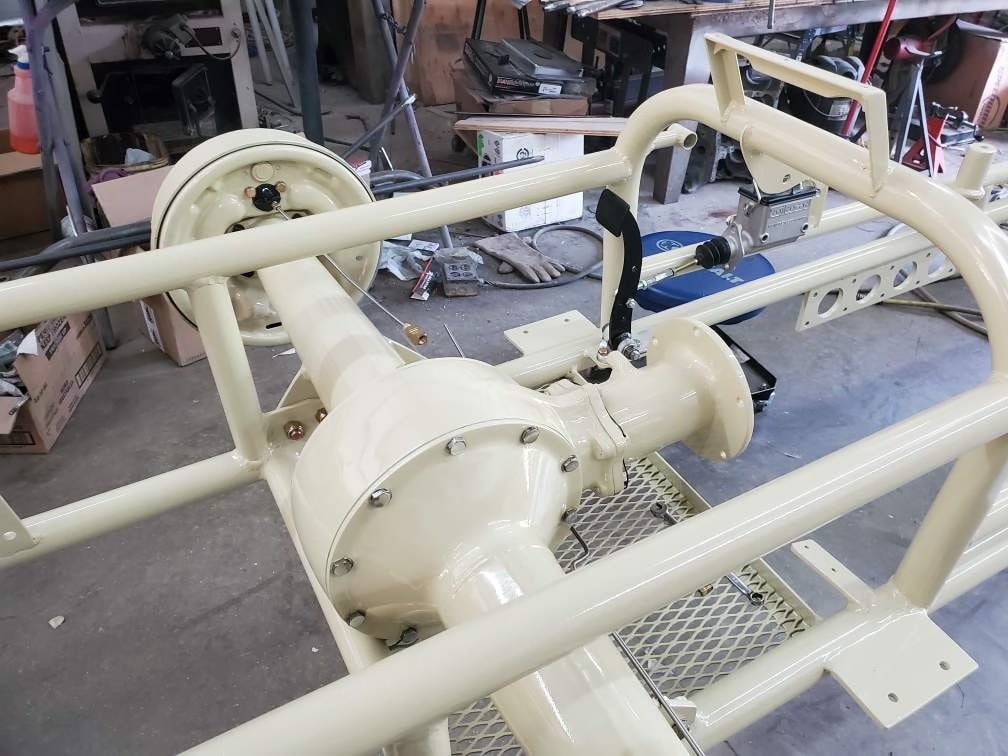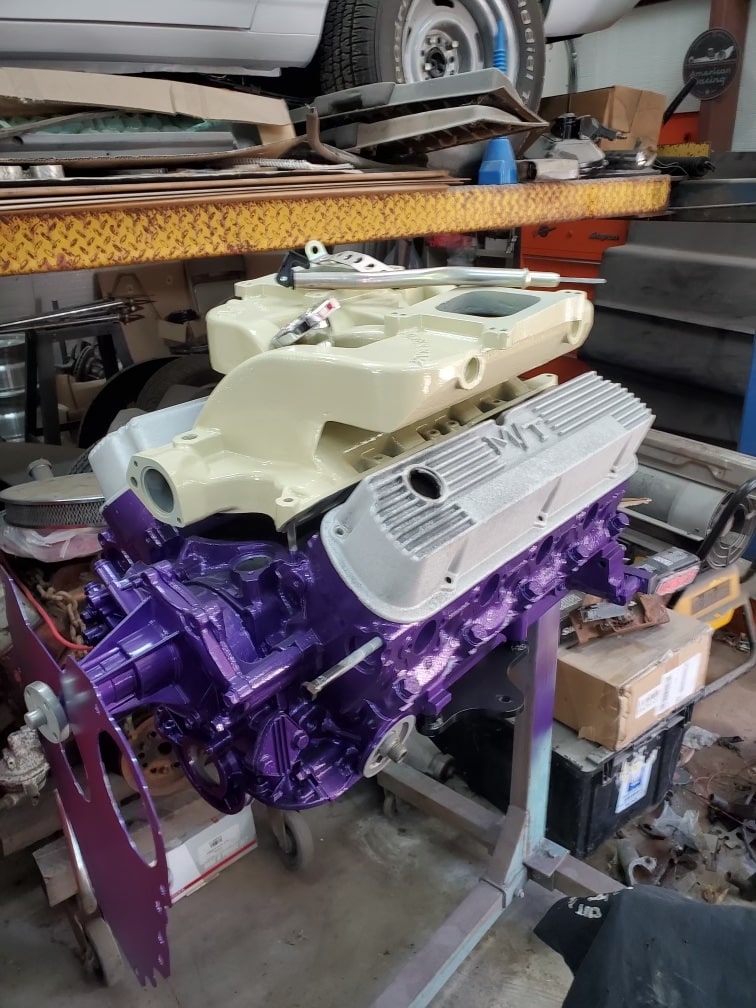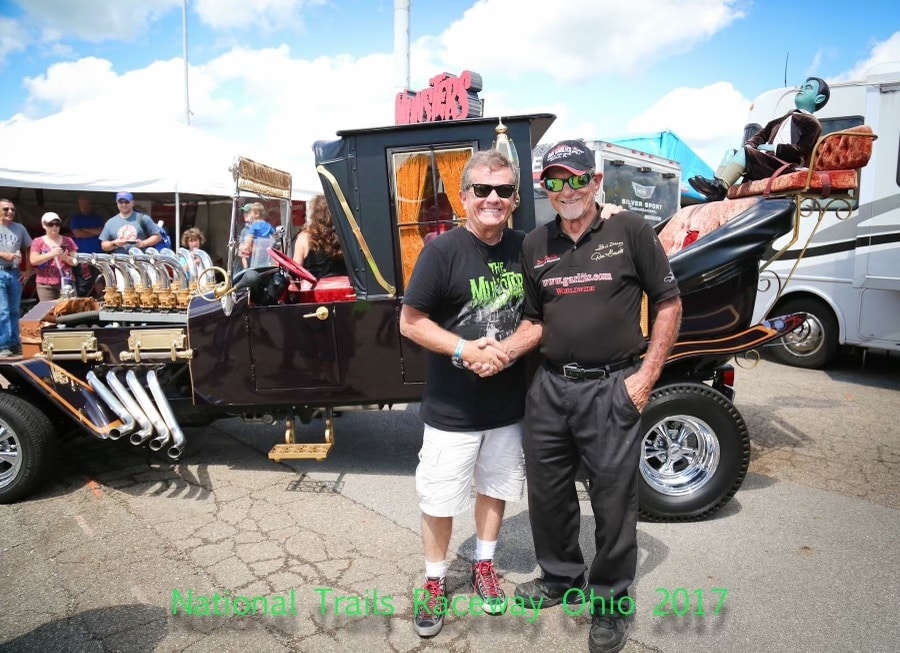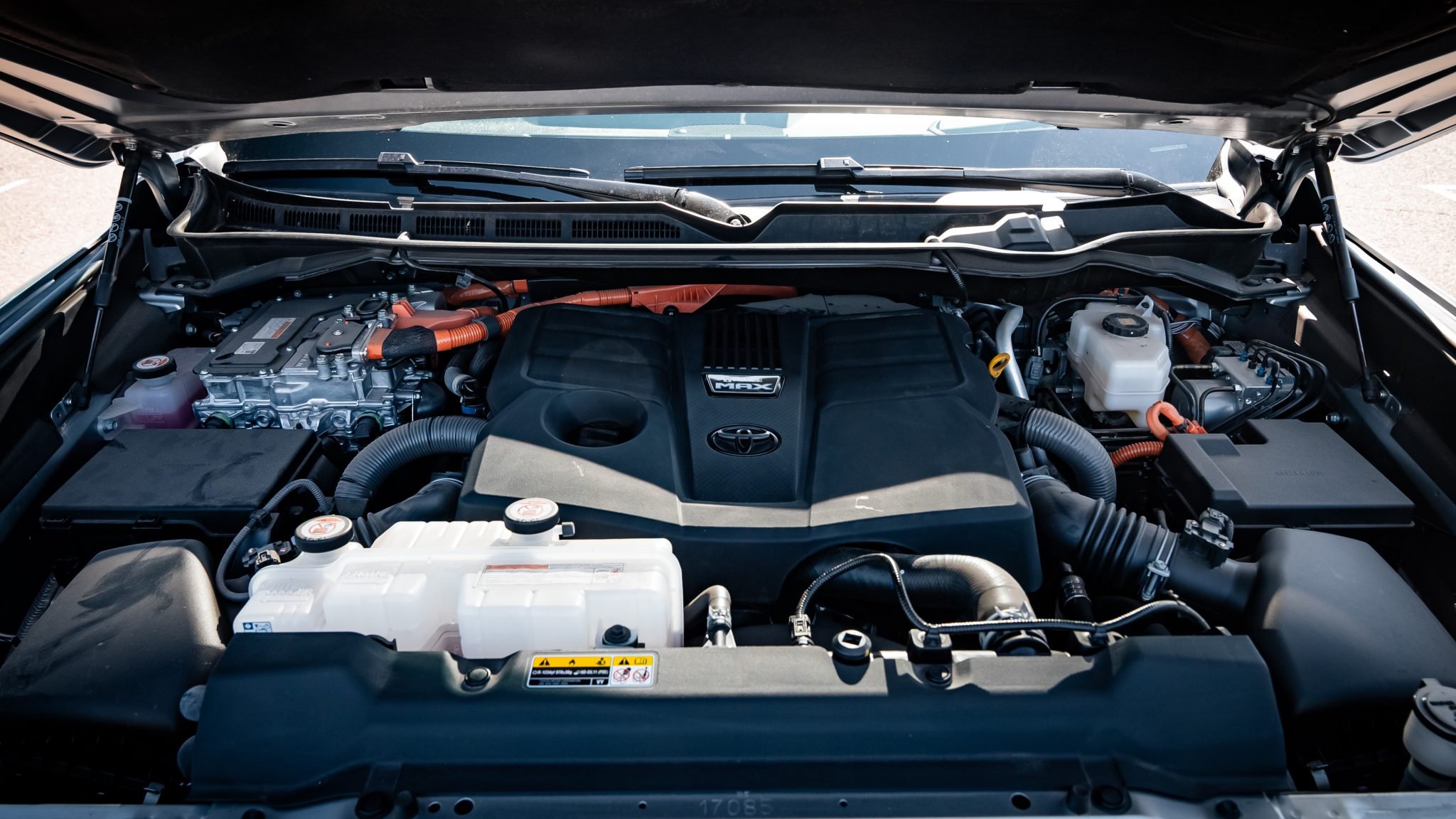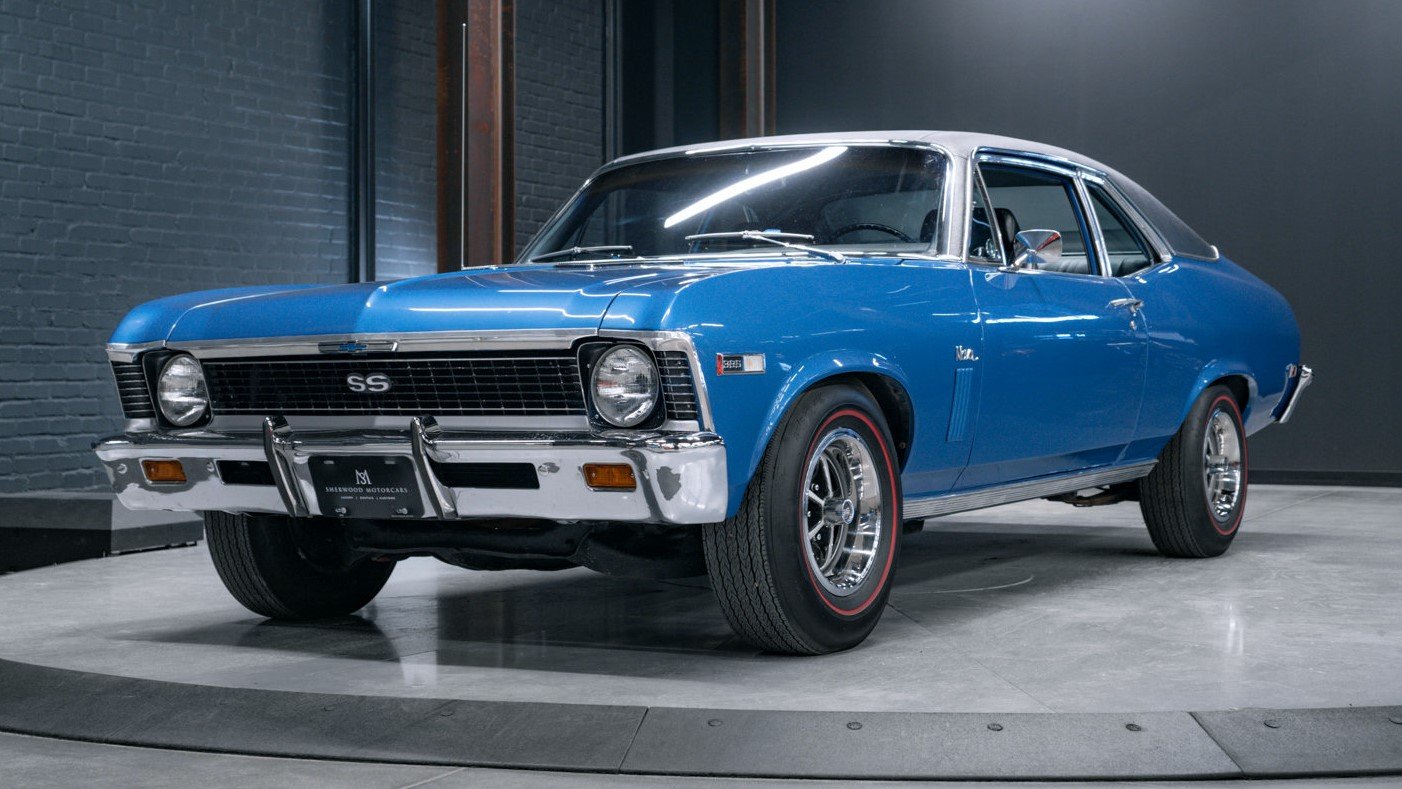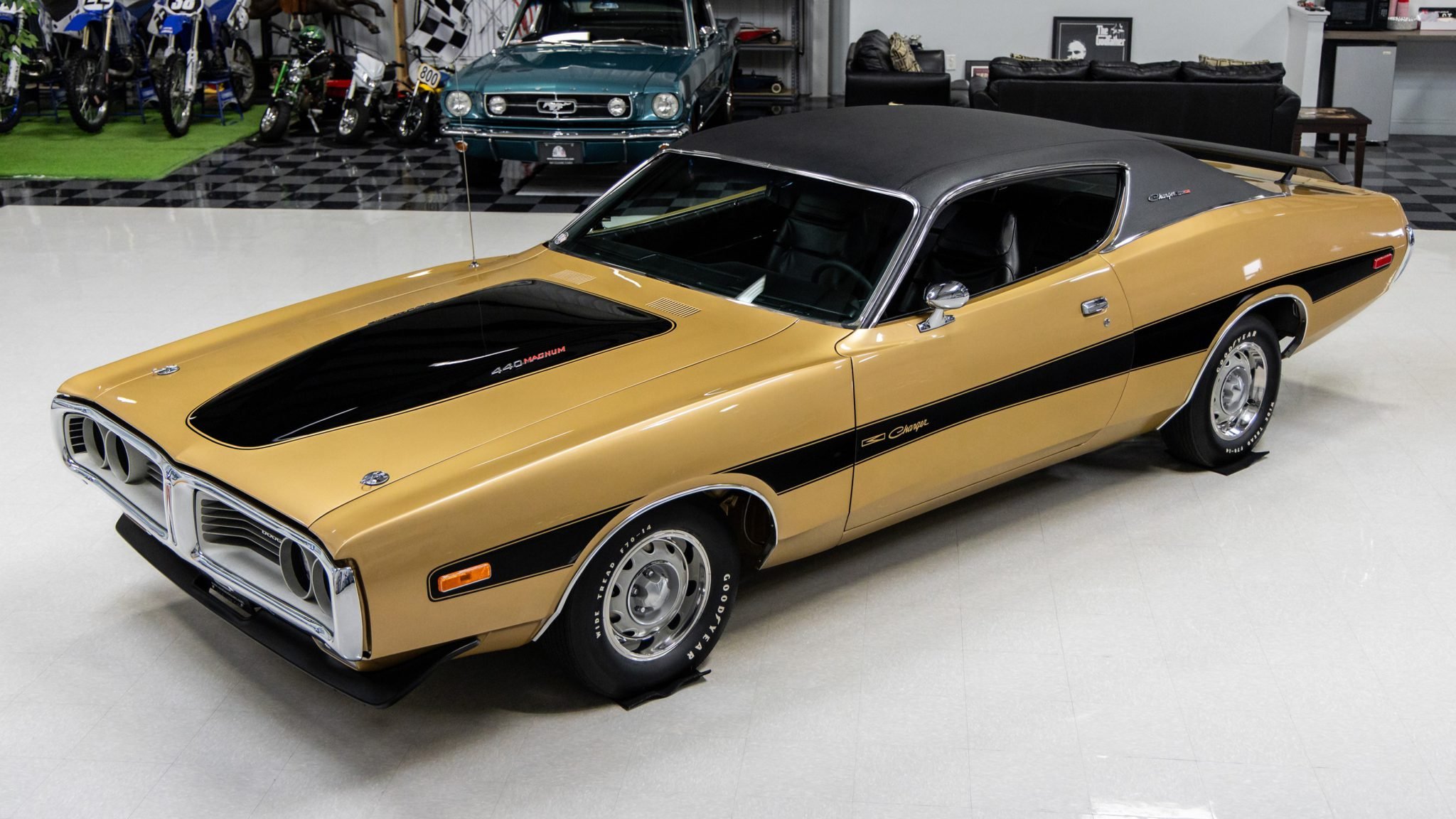The phrase “luxury liner” evokes mental images of an executive cruise ship carrying black-tie passengers to an exotic high-end vacation destination somewhere (champagne glass in hand, of course). Let that visual marinate on your mind while we introduce today’s feature car.
The Pick of the Day is a 1941 Dodge Business Coupe listed for sale on ClassicCars.com by a private seller in Paso Robles, California. (Click the link to view the listing)
“Here’s a chance to own a rare 1941 Dodge three-window Business Coupe,” the listing begins. “Frame-off restoration done back in the 80s. Tons of records throughout the restoration process; 3,700 miles since completion.”

My favorite feature on this pre-war Dodge is of course the “Luxury Liner” badge embedded into the grille on the driver side. The base price of this car was $954 when it was new. Inflated to 2023 dollars, the amount becomes $20,081. Few new vehicles – even entry level compacts – can be had for such a bargain today. But in its time, Dodge’s idea was to offer a car with high-end features that could be obtained for a reasonable price. The Luxury Liner series was launched to commemorate Dodge’s 25th anniversary, and the cars could be configured in coupe, convertible, or sedan styles.
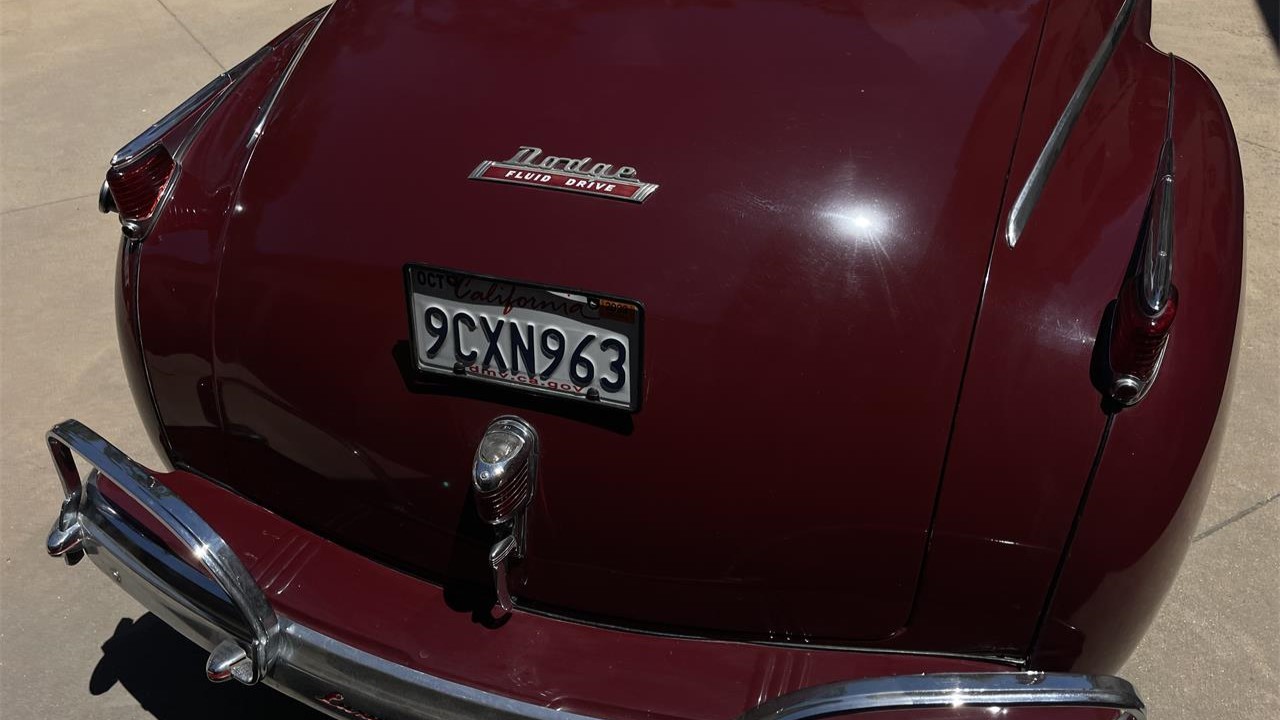
The seller states that this one is rust-free, and it has had just one owner for about the last 50 years. The exterior was reportedly resprayed in the original Flare Red, which extends to the steel wheels with polished hubcaps. Even the chrome back bumper – which itself has a unique swoopy design – bears the phrase Luxury Liner in the middle in cursive script lettering. Dodge didn’t want anyone to forget about this car’s high-end aspirations.
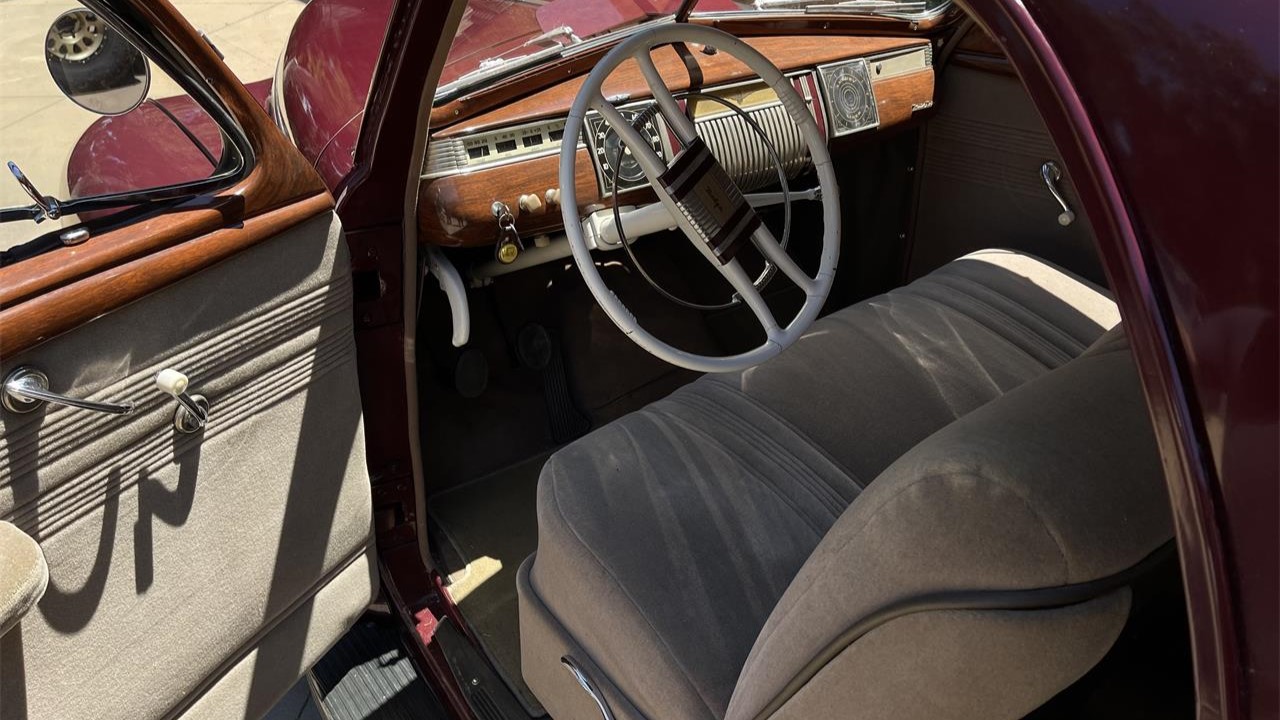
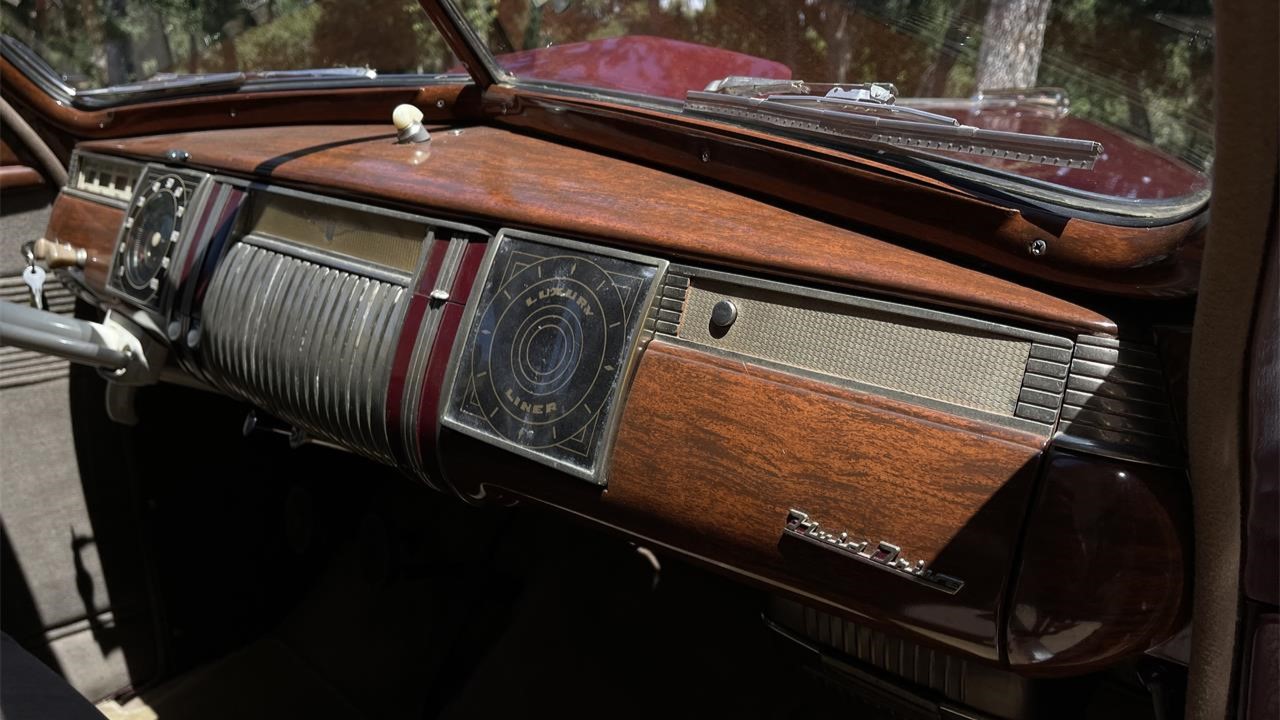
The one-bench-seat cabin is well-appointed and even has simulated woodgrain trim on the dashboard. The upholstery, door panels, headliner, and carpeting look to be in good condition based on the photos included in the listing. Up front, the hood has a center-hinge setup. Underneath it, power comes from a flathead six-cylinder paired with a “Fluid Drive” column-shifted three-speed manual transmission. Recent maintenance included replacement of the Delinte tires and the Optima battery per the seller.

“Smooth riding, and goes down the road just like new,” the seller says.
Does this car convey a presence that would have been considered luxurious in 1941? And could any automaker get away with calling a car a Luxury Liner today? That would be fun to find out.
The asking price is $18,000, which is a relative bargain for such a fancy ride.
To view this listing on ClassicCars.com, see Pick of the Day.
